Image of 1970 Chevrolet Camaro, Note: These illustrations use artistic license and may differ from actual historical models.
Performance Metrics
Fundamental Metrics
Emotional Appeal
MMP Rating
| Engine Specifications | |
|---|---|
| Engine: | 250 I6, 307 V8, 350 V8, 396 V8 |
| Displacement: | 250-396 cu in |
| Horsepower: | 155-375 hp |
| Torque: | 235-415 lb-ft |
| Compression Ratio: | Ranges from 8.5:1 to 11.0:1 |
| Ignition System: | Conventional breaker-point ignition system |
| Cooling System: | Liquid-cooled |
| Performance Specifications | |
| 0-60 Time: | 6.0-8.0 seconds |
| 1/4 Mile Time: | 14.0-16.0 seconds |
| Top Speed: | 120-140 mph |
| Transmission and Drive | |
| Drive Type: | Rear-wheel drive |
| Transmission Type: | 3-speed manual, 4-speed manual, 2-speed automatic, 3-speed automatic |
| Fuel and Efficiency | |
| Fuel System Type: | Carburetor |
| MPG: | 10-15 mpg |
| Dimensions and Brakes | |
| Brakes: | Front disc brakes and rear drum brakes |
| Wheelbase: | 108.0 inches |
| Weight: | 3,000-3,500 lbs |
Note: Specifications for classic cars are given to the best of our ability, considering the limited and variant data available.
1970 Chevrolet Camaro: A New Era of American Muscle
The dawn of the 1970s ushered in a fresh chapter for Chevrolet with the introduction of the second-generation Camaro. A beacon of American muscle, this iconic car was born out of the fervent competition of the pony car market. Designed to challenge its rivals, the 1970 Camaro was not just a mere successor to its predecessor but a complete overhaul that promised performance and style.
Originating from the legendary General Motors' Chevrolet division, the 1970 Camaro's debut was met with anticipation and excitement. It arrived at a time when muscle cars were an integral part of American culture, symbolizing freedom and raw power. A unique fact that car enthusiasts revel in is that the 1970 model year is often referred to as the '70½' due to its delayed release, which was caused by production setbacks. This hiccup inadvertently added to the allure and mystique of this classic ride.
Design and Innovation
The 1970 Camaro's exterior styling was a departure from its first-generation counterpart, featuring a sleeker, more European-inspired body. The car's wide stance and low profile exuded aggression, while the distinctive split-bumper design on some models became an instant classic. Inside, drivers were greeted with a cockpit-style cabin, complete with improved ergonomics and high-quality materials that raised the bar for comfort in performance vehicles.
Technologically, the Camaro showcased advancements such as improved suspension for better handling and optional disc brakes for superior stopping power. Color options ranged from classic hues like Hugger Orange to subtler tones like Shadow Gray, with the former often catching the eye of enthusiasts seeking that quintessential muscle car look.
The most popular body style was undoubtedly the sport coupe, which could be outfitted with various packages such as the Z28 performance option, boasting a potent V8 engine and racing stripes for added flair.
Historical Significance
The 1970 Camaro made an indelible mark on automotive history by pushing forward design and performance standards. It set itself apart with its sophisticated chassis engineering and became a benchmark for handling among American cars. The model's influence can still be seen in modern sports cars that strive for a balance between raw power and refined agility.
Performance and Handling
Underneath its sculpted hood, the 1970 Camaro could be equipped with an array of potent powerplants. The top-tier Z28 model featured a high-revving 350 cubic inch V8 engine capable of catapulting the car from 0-60 mph in a brisk 7.0 seconds. On winding roads or when navigating through urban sprawl, drivers appreciated its poised handling characteristics—a testament to its advanced suspension system.
The driving experience was visceral; from the throaty roar of its dual exhaust to the tactile feedback through its three-spoke steering wheel, it connected man and machine in harmonious synchrony.
Ownership Experience
The 1970 Camaro found its place not only on racetracks but also in suburban driveways as daily drivers and weekend showpieces. Its robust construction meant reliability was high, though maintenance could be demanding due to some complex mechanical components. Nevertheless, accessibility to parts and a supportive enthusiast community have made upkeep manageable for many owners.
Fun Facts
This muscle car has graced both small and big screens alike, solidifying its pop culture status. Rare editions like the COPO (Central Office Production Order) models are highly sought after for their exclusivity and connection to drag racing heritage. Despite criticisms over fuel efficiency—a common trait among muscle cars—the Camaro's charisma has never waned.
Collector's Information
Today's collectors clamor for the 1970 Camaro; it's estimated that around 124,000 units were produced during its truncated model year run. Values vary widely based on condition, originality, and specific sub-models or options packages—with pristine Z28s fetching upwards of $80,000 or more at auction. Generally speaking, prices have been appreciating as nostalgia fuels demand for this timeless classic.
Conclusion
The 1970 Chevrolet Camaro is not just another vintage vehicle; it's a symbol of an era defined by horsepower wars and design innovation. Its legacy endures through each rumble of its V8 engine and every gleam off its chrome accents—a true testament to American ingenuity on wheels.
1970 Chevrolet Camaro Catalog of Parts
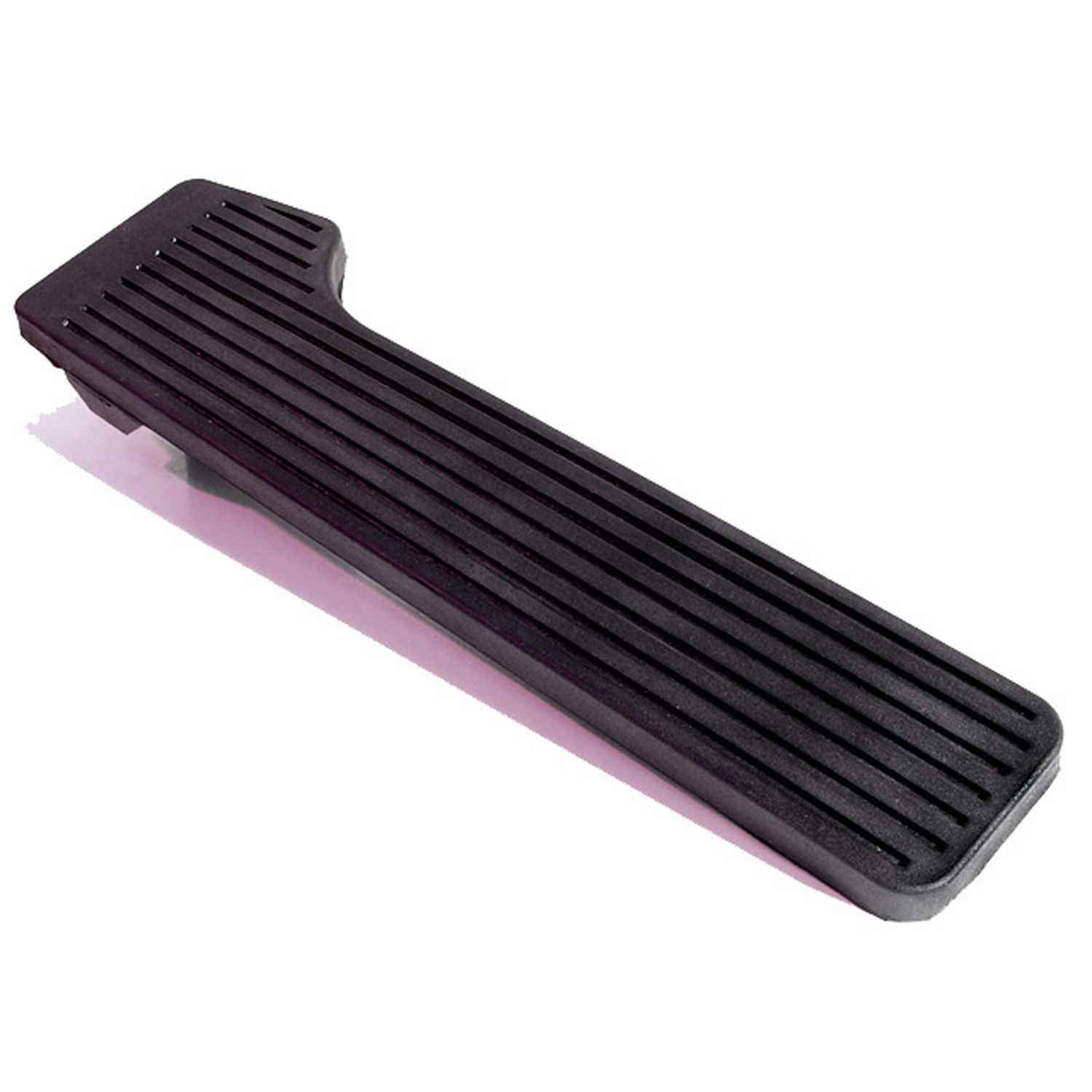 1970 Chevrolet Camaro Accelerator Pedal Pad with flange-AP 31-AAccelerator Pedal Pad with flange, made of rubber with steel core. Also
1970 Chevrolet Camaro Accelerator Pedal Pad with flange-AP 31-AAccelerator Pedal Pad with flange, made of rubber with steel core. Also 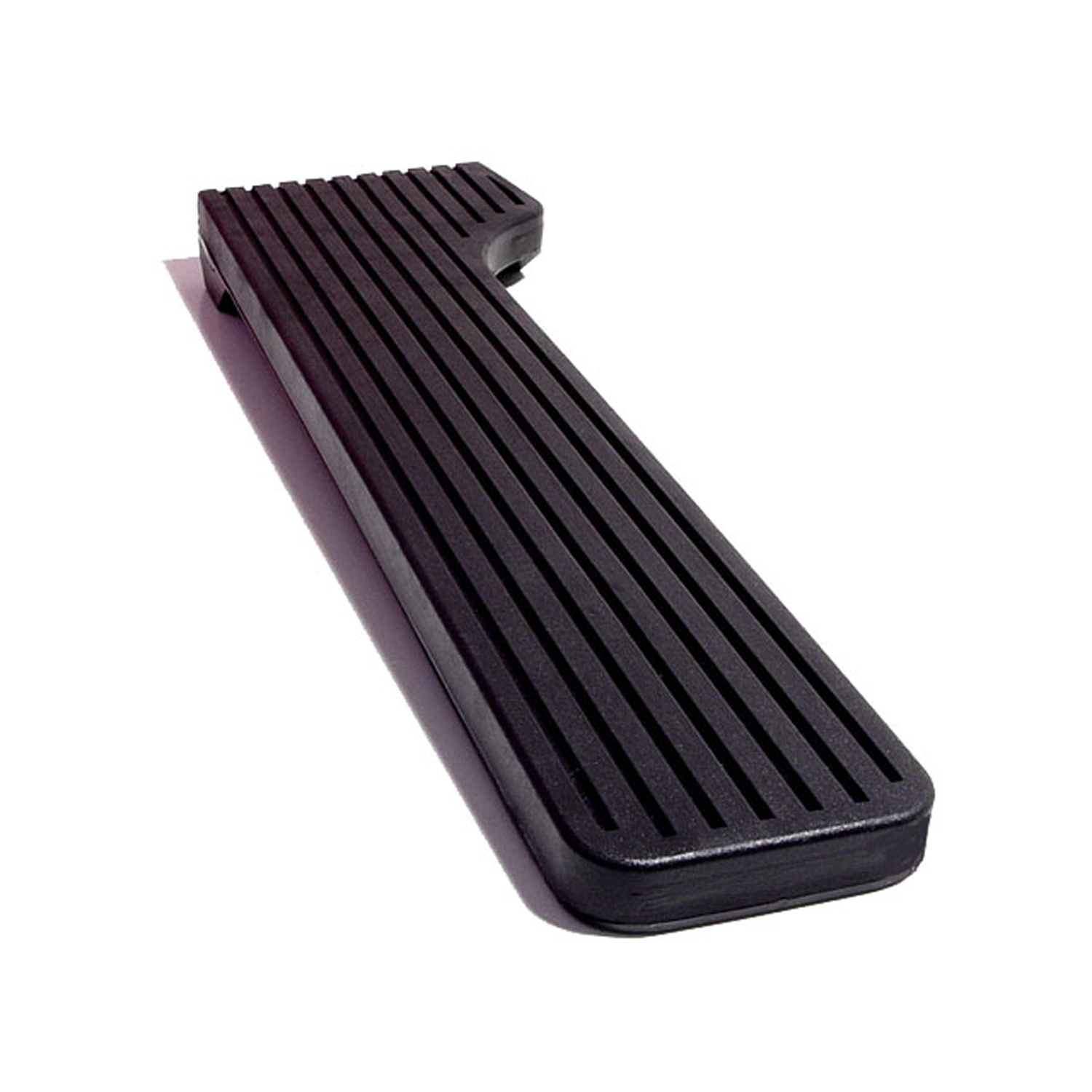 1970 Chevrolet Camaro Accelerator Pedal Pad without flange-AP 31-BAccelerator Pedal Pad without flange, made of rubber with steel core. Also
1970 Chevrolet Camaro Accelerator Pedal Pad without flange-AP 31-BAccelerator Pedal Pad without flange, made of rubber with steel core. Also 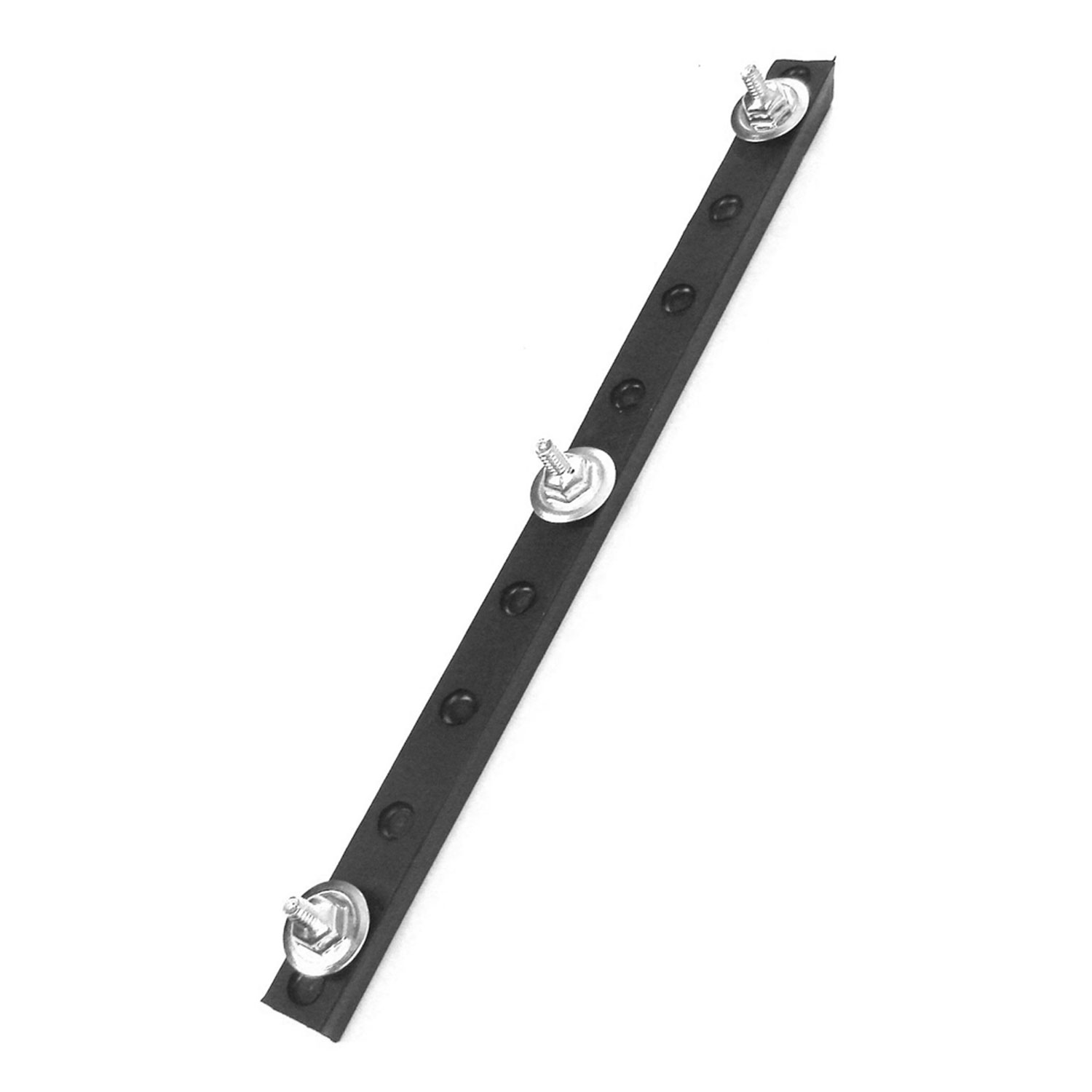 1970 Chevrolet Camaro Center Grill Divider Insert, 70-73 Chevy Camaro, Includes Mounting Hardware-BG 99-CCenter Grill Divider Insert, 70-73 Chevy Camaro, Includes Mounting Hardware, Each. Replaces OEM # 3974551. Mounts onto the center grille divider and finishes out the center grille section. Comes with mounting hardware.
1970 Chevrolet Camaro Center Grill Divider Insert, 70-73 Chevy Camaro, Includes Mounting Hardware-BG 99-CCenter Grill Divider Insert, 70-73 Chevy Camaro, Includes Mounting Hardware, Each. Replaces OEM # 3974551. Mounts onto the center grille divider and finishes out the center grille section. Comes with mounting hardware.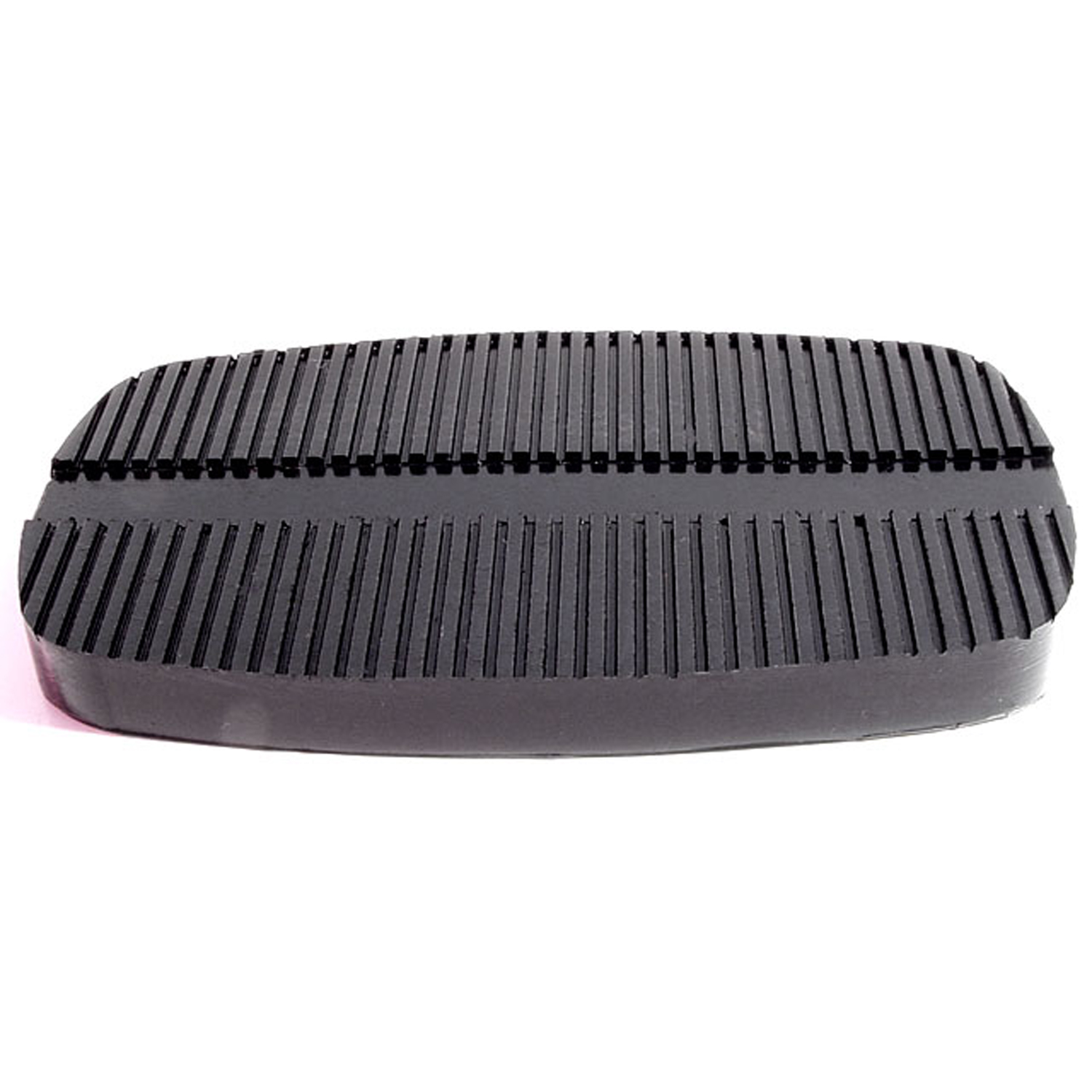 1970 Chevrolet Camaro Brake Pedal Pad-CB 101-ABrake Pedal Pad. For power brakes or automatic transmissions. 4-3/4" wide X 2-3/4' long. Each
1970 Chevrolet Camaro Brake Pedal Pad-CB 101-ABrake Pedal Pad. For power brakes or automatic transmissions. 4-3/4" wide X 2-3/4' long. Each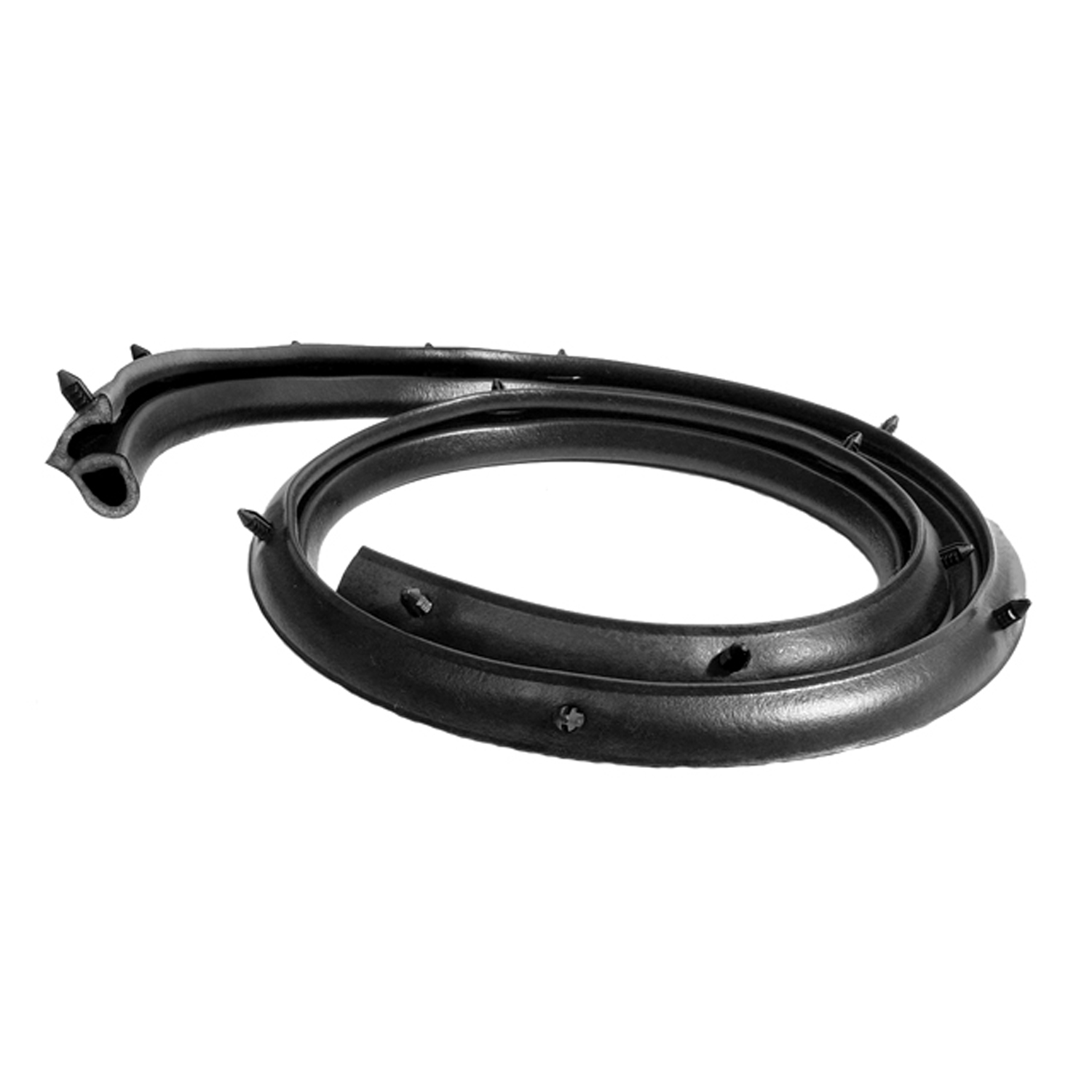 1970 Chevrolet Camaro Hood-to-cowl seal. ’70-’81 Camaro, ’77-’81 Firebird-CS 15-CHood-to-cowl seal. '70-'81 Camaro, '77-'81 Firebird. Excludes models with fiberglass hood. Replaces OEM#14030759. Each.
1970 Chevrolet Camaro Hood-to-cowl seal. ’70-’81 Camaro, ’77-’81 Firebird-CS 15-CHood-to-cowl seal. '70-'81 Camaro, '77-'81 Firebird. Excludes models with fiberglass hood. Replaces OEM#14030759. Each.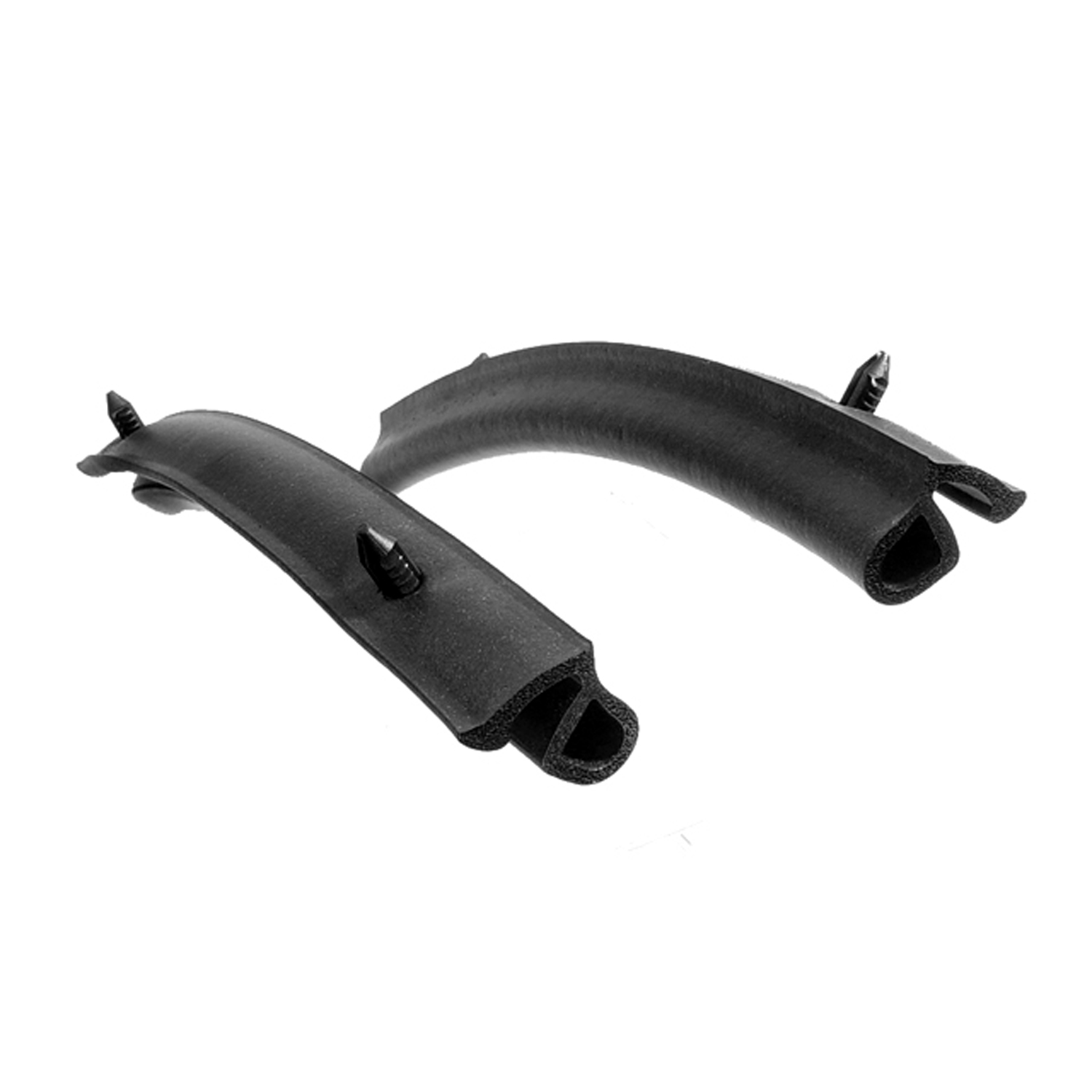 1970 Chevrolet Camaro Rear hood-to-corner cowl seals-CS 15-DRear hood-to-corner cowl seals. '70-'81 Camaro, '77-'81 Firebird. Excludes models with fiberglass hood. Pair.
1970 Chevrolet Camaro Rear hood-to-corner cowl seals-CS 15-DRear hood-to-corner cowl seals. '70-'81 Camaro, '77-'81 Firebird. Excludes models with fiberglass hood. Pair. 1970 Chevrolet Camaro Door, Hood and Trunk Bumper Cap for adjustment bolt-HA 5Door, Hood and Trunk Bumper Cap for adjustment bolt. 7/8" diameter X 7/16" thick. Each
1970 Chevrolet Camaro Door, Hood and Trunk Bumper Cap for adjustment bolt-HA 5Door, Hood and Trunk Bumper Cap for adjustment bolt. 7/8" diameter X 7/16" thick. Each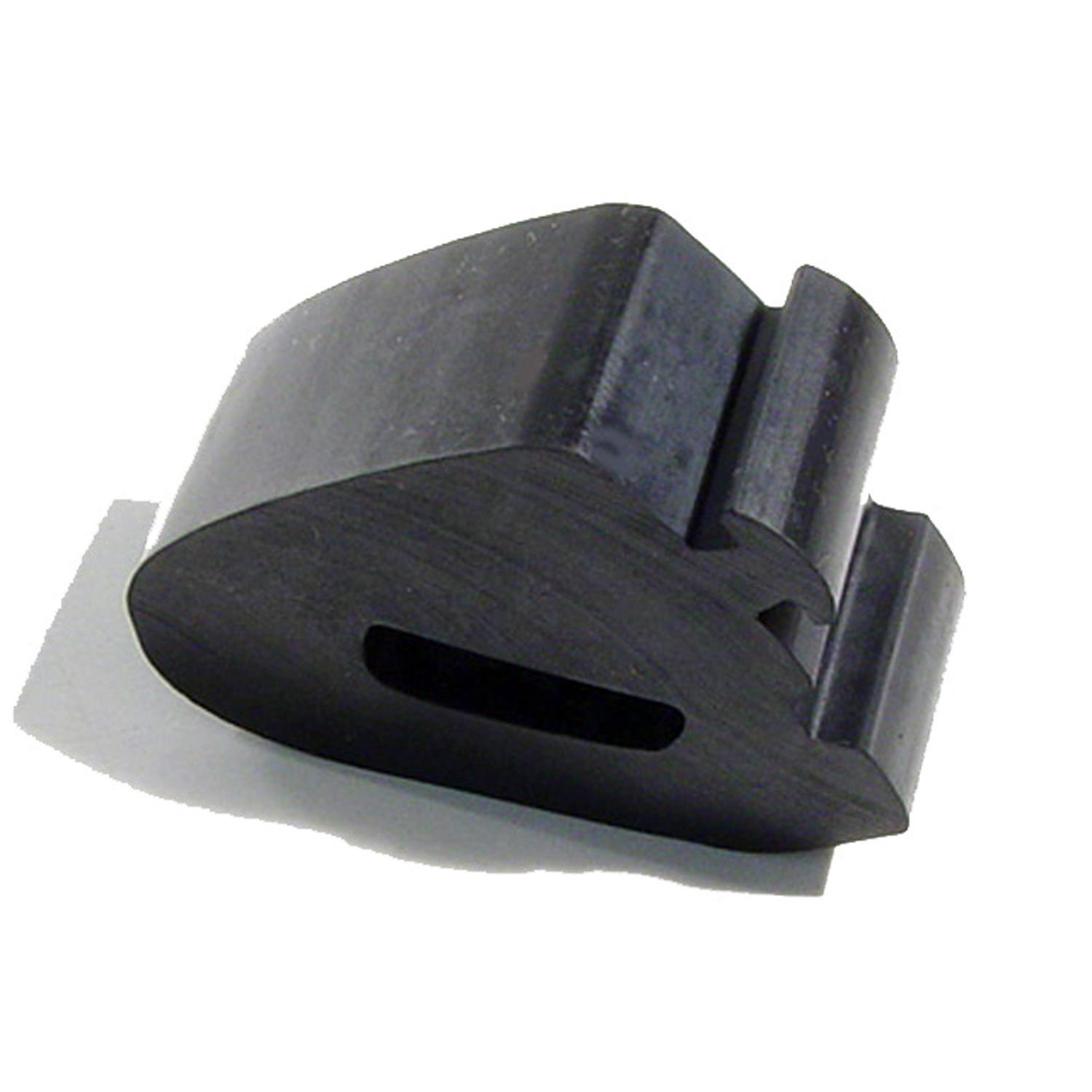 1970 Chevrolet Camaro Hood Side Bumper. 1-5/8" X 1-1/16" X 11/16. Each-HF 64Hood Side Bumper. 1-5/8" X 1-1/16" X 11/16. Each
1970 Chevrolet Camaro Hood Side Bumper. 1-5/8" X 1-1/16" X 11/16. Each-HF 64Hood Side Bumper. 1-5/8" X 1-1/16" X 11/16. Each 1970 Chevrolet Camaro Molded Door Seals with Clips and Molded Ends-LM 22-BMolded Door Seals with Clips and Molded Ends. Replaces OEM #9868430/1. Pair R&L
1970 Chevrolet Camaro Molded Door Seals with Clips and Molded Ends-LM 22-BMolded Door Seals with Clips and Molded Ends. Replaces OEM #9868430/1. Pair R&L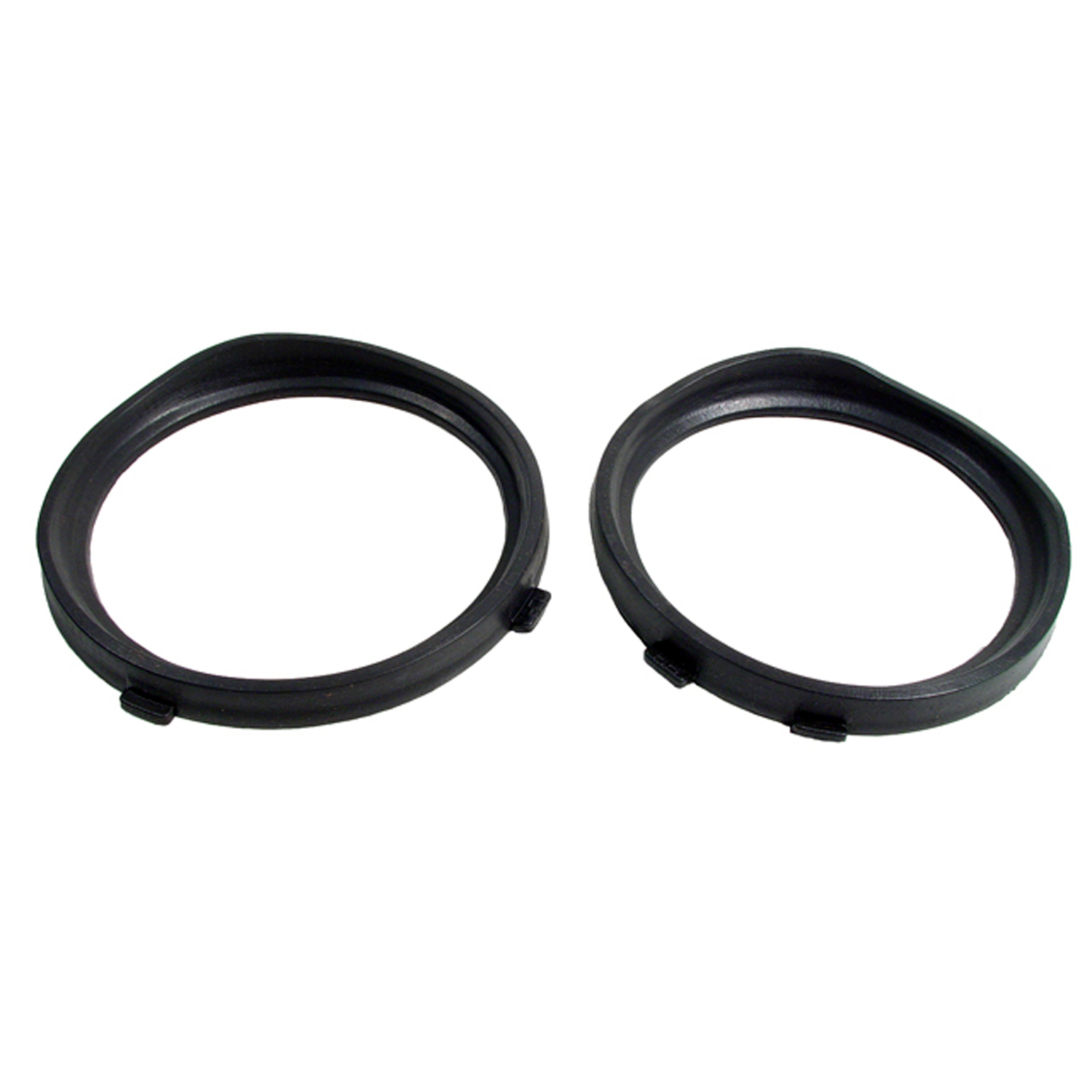 1970 Chevrolet Camaro Tail-light to body gaskets. ’70-’73 Camaro. Dense rubber-MB 67-BTail-light to body gaskets. '70-'73 Camaro. Dense rubber. Replaces OEM#'s 5963583/4. Pair.
1970 Chevrolet Camaro Tail-light to body gaskets. ’70-’73 Camaro. Dense rubber-MB 67-BTail-light to body gaskets. '70-'73 Camaro. Dense rubber. Replaces OEM#'s 5963583/4. Pair.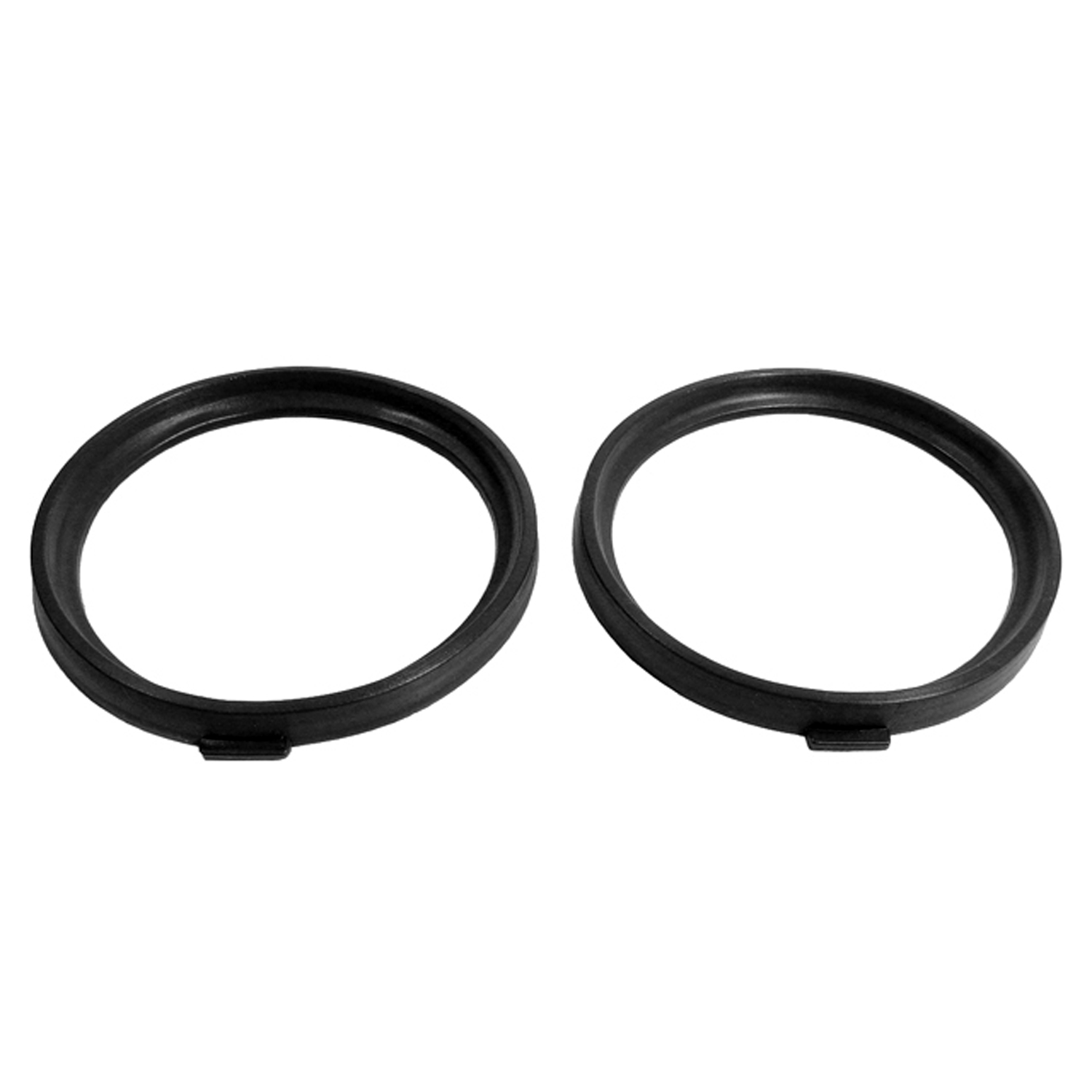 1970 Chevrolet Camaro Backup light to body gaskets. ’70-’73 Camaro. Dense rubber-MB 67-CBackup light to body gaskets. '70-'73 Camaro. Dense rubber. Replaces OEM# 5963060. 5 in. ID, 6-1/4 in. OD. Pair.
1970 Chevrolet Camaro Backup light to body gaskets. ’70-’73 Camaro. Dense rubber-MB 67-CBackup light to body gaskets. '70-'73 Camaro. Dense rubber. Replaces OEM# 5963060. 5 in. ID, 6-1/4 in. OD. Pair.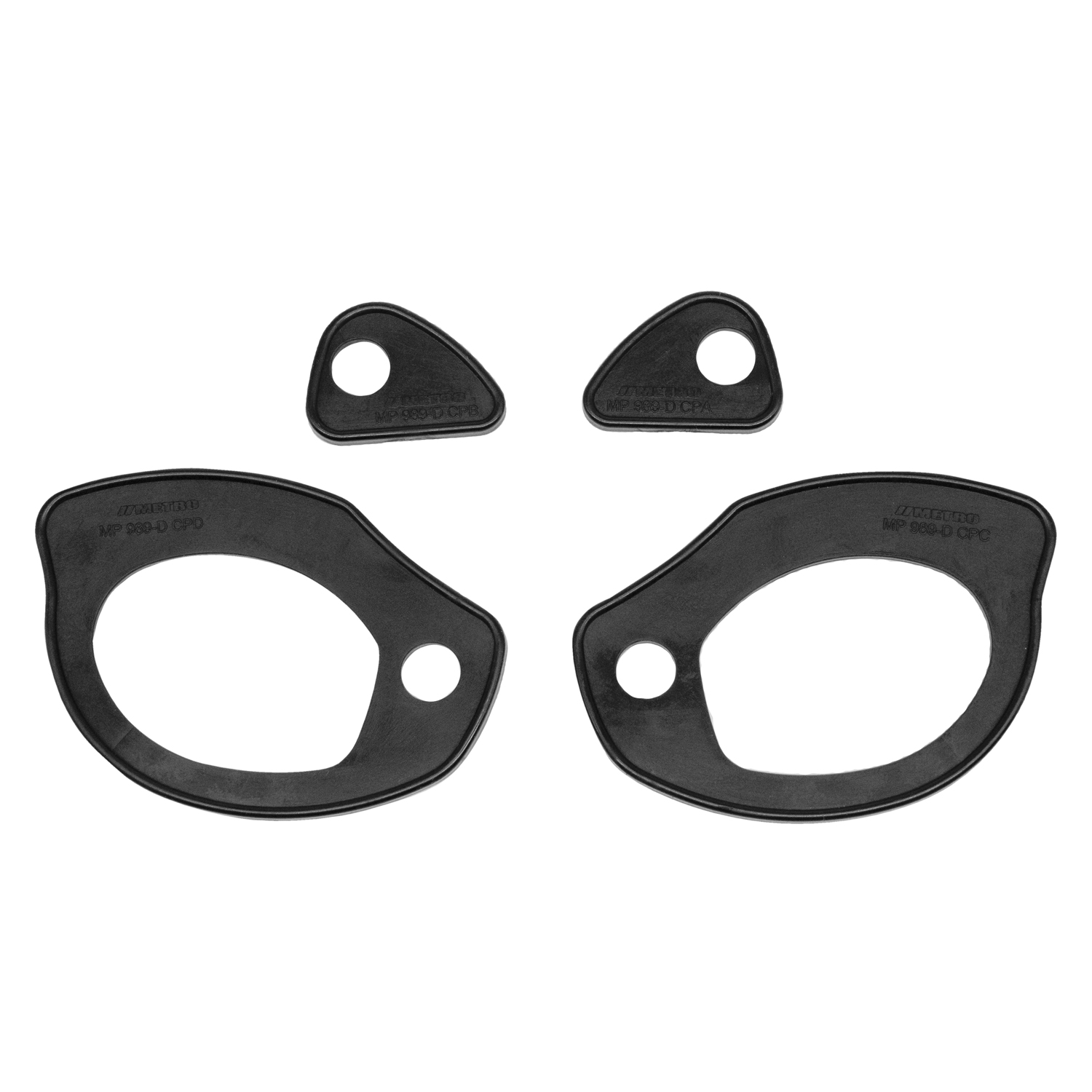 1970 Chevrolet Camaro Door Handle Pads. 2-5/8" long & 1-1/8" long. Set R&L-MP 989-DDoor Handle Pads. 2-5/8" long & 1-1/8" long. Set R&L
1970 Chevrolet Camaro Door Handle Pads. 2-5/8" long & 1-1/8" long. Set R&L-MP 989-DDoor Handle Pads. 2-5/8" long & 1-1/8" long. Set R&L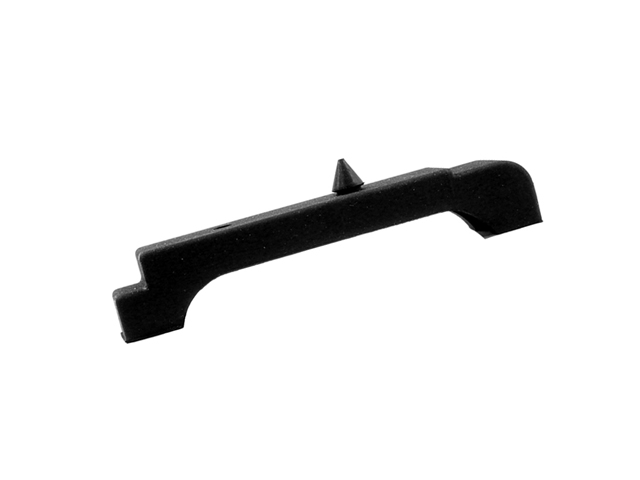 1970 Chevrolet Camaro Radiator support cushion-RA 4Radiator support cushion. Fits '68-'91 Chevrolet cars and trucks with Big Block engines. (See associated vehicles.) Reproduction rubber insulator cushion with 3.08 in. recess fits upper and lower mounts. Replaces OEM# 6264100. Each.
1970 Chevrolet Camaro Radiator support cushion-RA 4Radiator support cushion. Fits '68-'91 Chevrolet cars and trucks with Big Block engines. (See associated vehicles.) Reproduction rubber insulator cushion with 3.08 in. recess fits upper and lower mounts. Replaces OEM# 6264100. Each.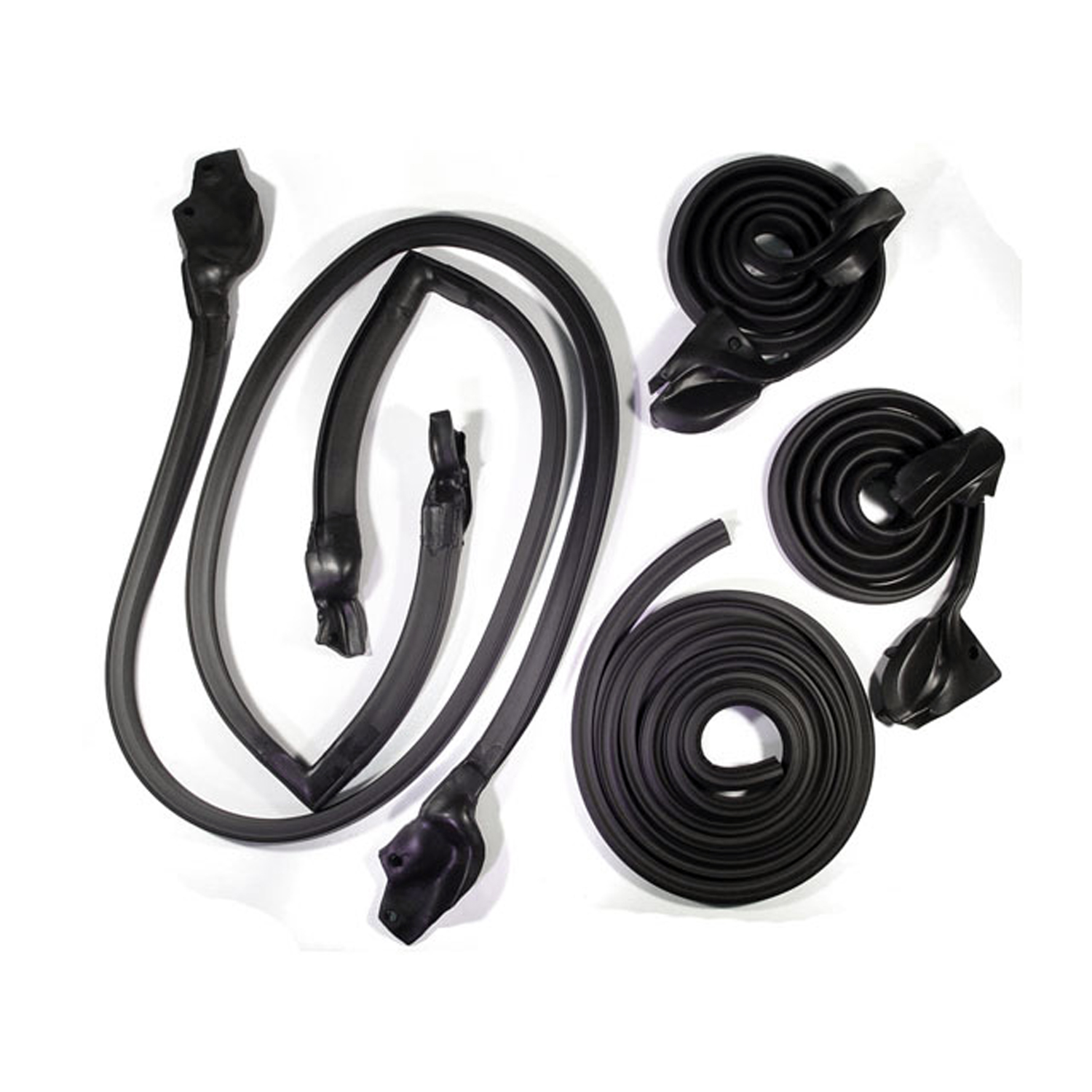 1970 Chevrolet Camaro Basic Kit, for 2-Door Hardtop-RKB 2001-105Basic Kit, for 2-Door Hardtop. Door (LM 22-B) Roof Rail (RR 7002) Trunk (TK 46-10), Seals.
1970 Chevrolet Camaro Basic Kit, for 2-Door Hardtop-RKB 2001-105Basic Kit, for 2-Door Hardtop. Door (LM 22-B) Roof Rail (RR 7002) Trunk (TK 46-10), Seals.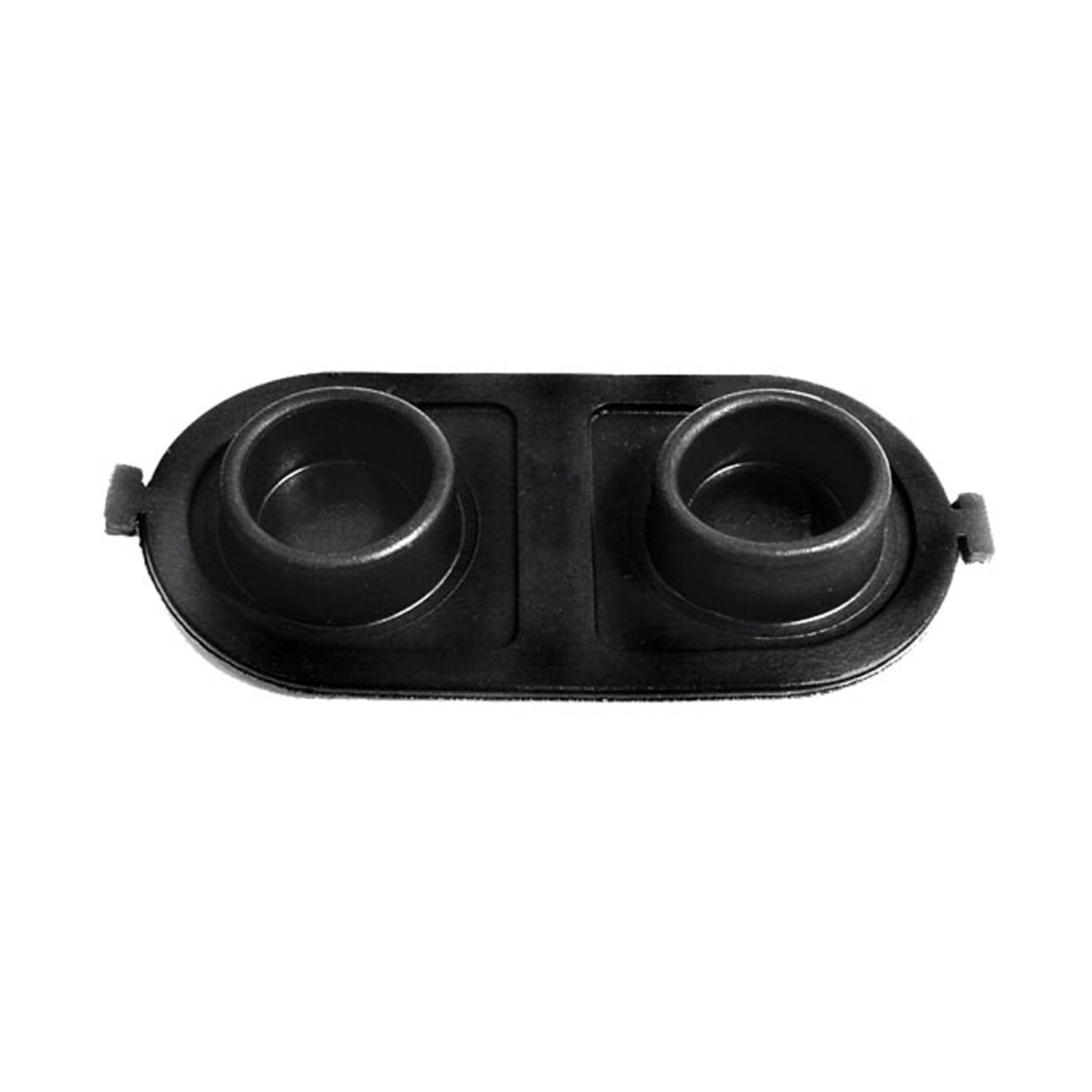 1970 Chevrolet Camaro Brake Master Cylinder Cover Seal. Replaces OEM #5470861-RP 2-EBrake Master Cylinder Cover Seal. Replaces OEM #5470861. 5" X 2-1/2". Each
1970 Chevrolet Camaro Brake Master Cylinder Cover Seal. Replaces OEM #5470861-RP 2-EBrake Master Cylinder Cover Seal. Replaces OEM #5470861. 5" X 2-1/2". Each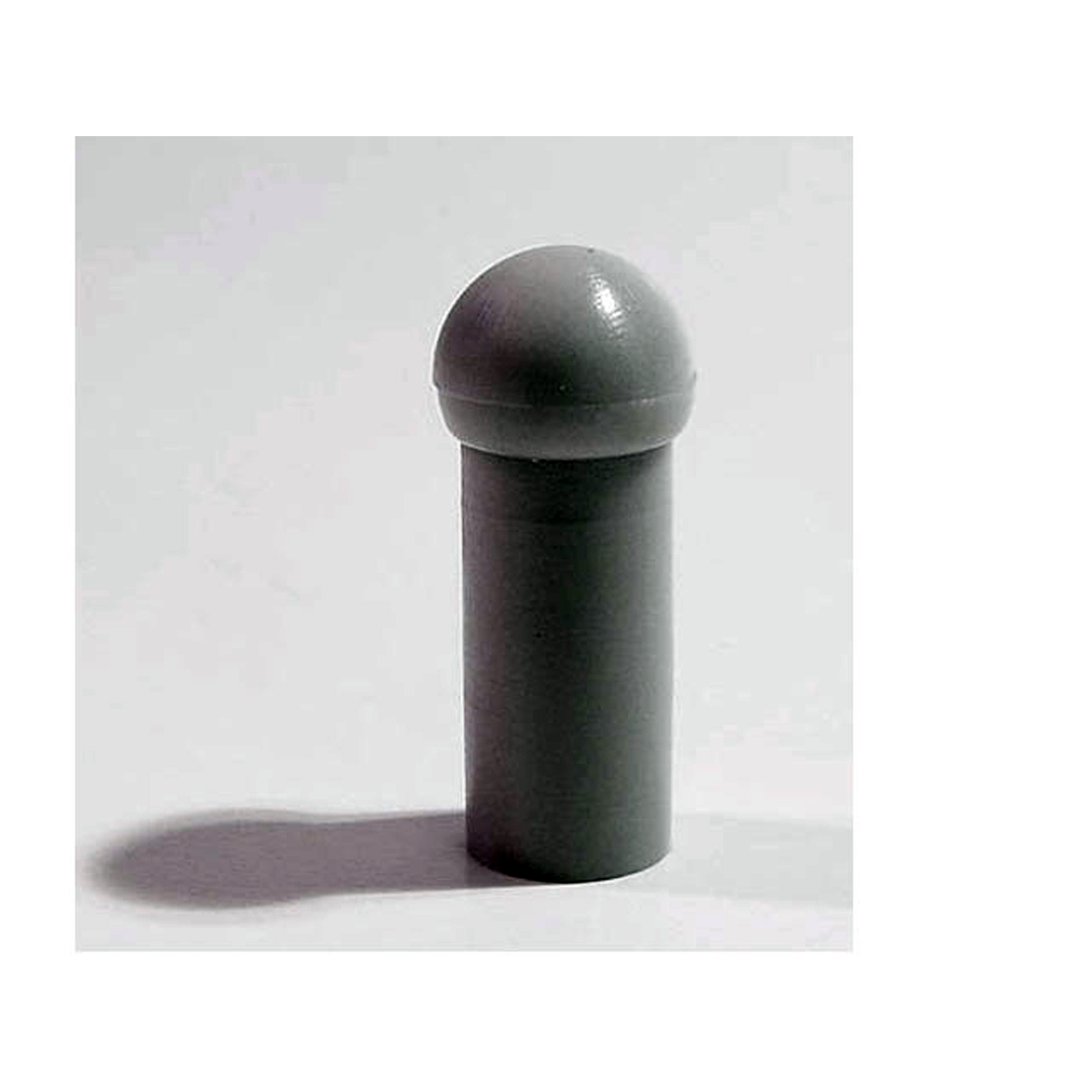 1970 Chevrolet Camaro Sun Visor Rod Rubber Grommet. 3/4" long. Gray. Each-RP 303-CSun Visor Rod Rubber Grommet. 3/4" long. Gray. Each
1970 Chevrolet Camaro Sun Visor Rod Rubber Grommet. 3/4" long. Gray. Each-RP 303-CSun Visor Rod Rubber Grommet. 3/4" long. Gray. Each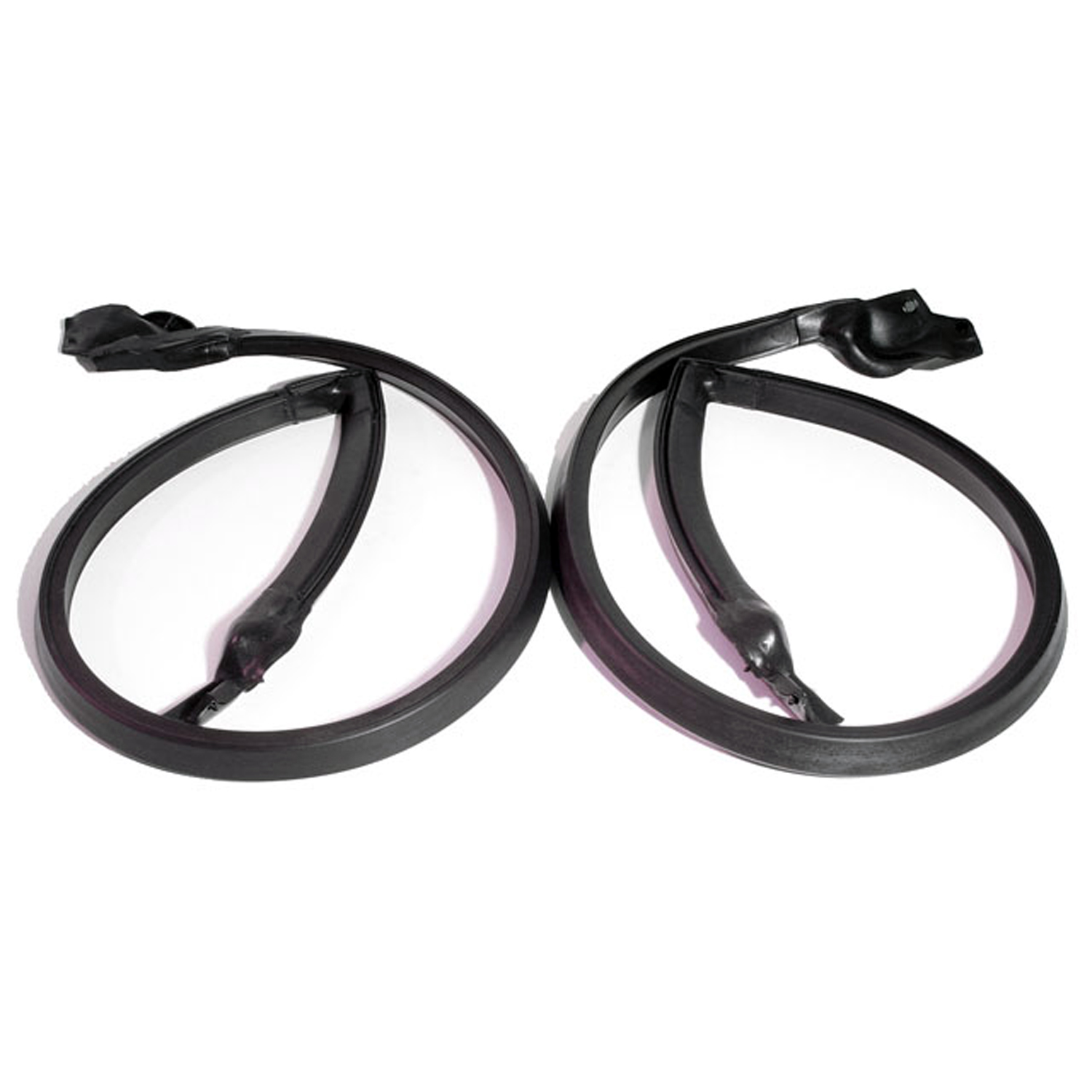 1970 Chevrolet Camaro Roof Rail Seals with Molded Ends. For 2-door hardtop-RR 7002Roof Rail Seals with Molded Ends. For 2-door hardtop. Pair R&L
1970 Chevrolet Camaro Roof Rail Seals with Molded Ends. For 2-door hardtop-RR 7002Roof Rail Seals with Molded Ends. For 2-door hardtop. Pair R&L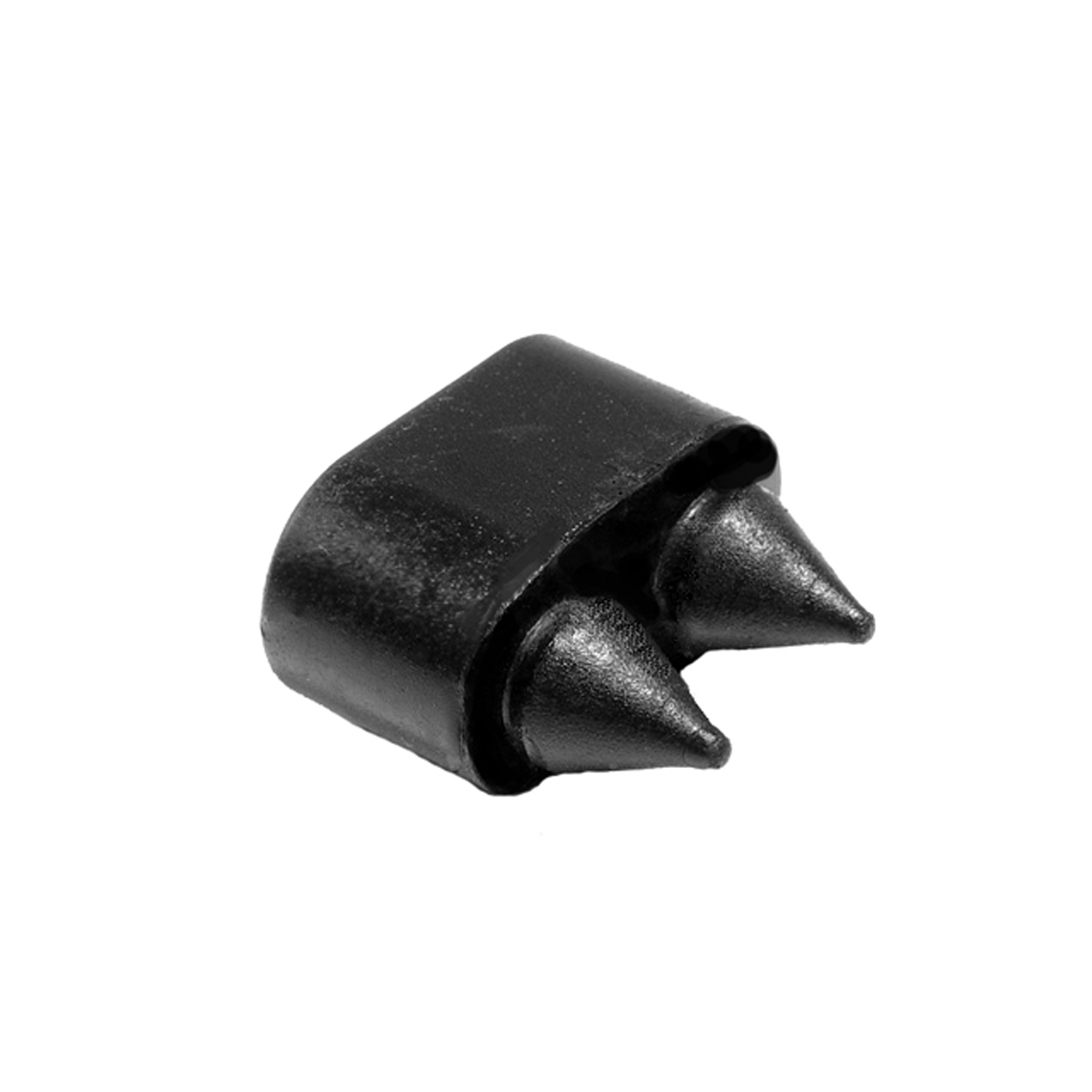 1970 Chevrolet Camaro Door Bumper. Made with twin retainers-SB 32Door Bumper. Made with twin retainers. 3/4" high X 1/2" wide X 15/16" long. Each
1970 Chevrolet Camaro Door Bumper. Made with twin retainers-SB 32Door Bumper. Made with twin retainers. 3/4" high X 1/2" wide X 15/16" long. Each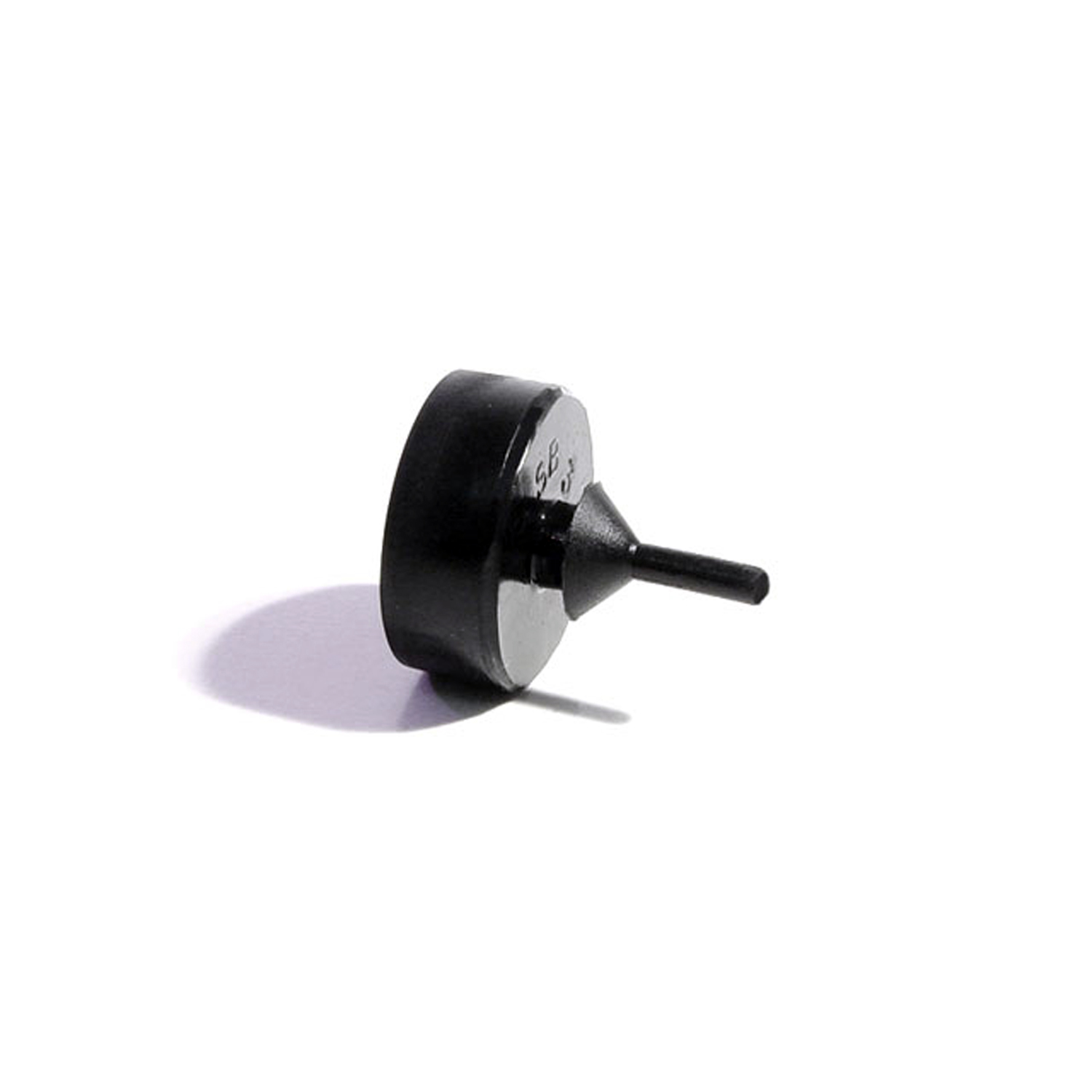 1970 Chevrolet Camaro Trunk Bumper. Fits lower corner on decklid. 15/16" O.D-SB 34Trunk Bumper. Fits lower corner on decklid. 15/16" O.D., 11/16" high. Each
1970 Chevrolet Camaro Trunk Bumper. Fits lower corner on decklid. 15/16" O.D-SB 34Trunk Bumper. Fits lower corner on decklid. 15/16" O.D., 11/16" high. Each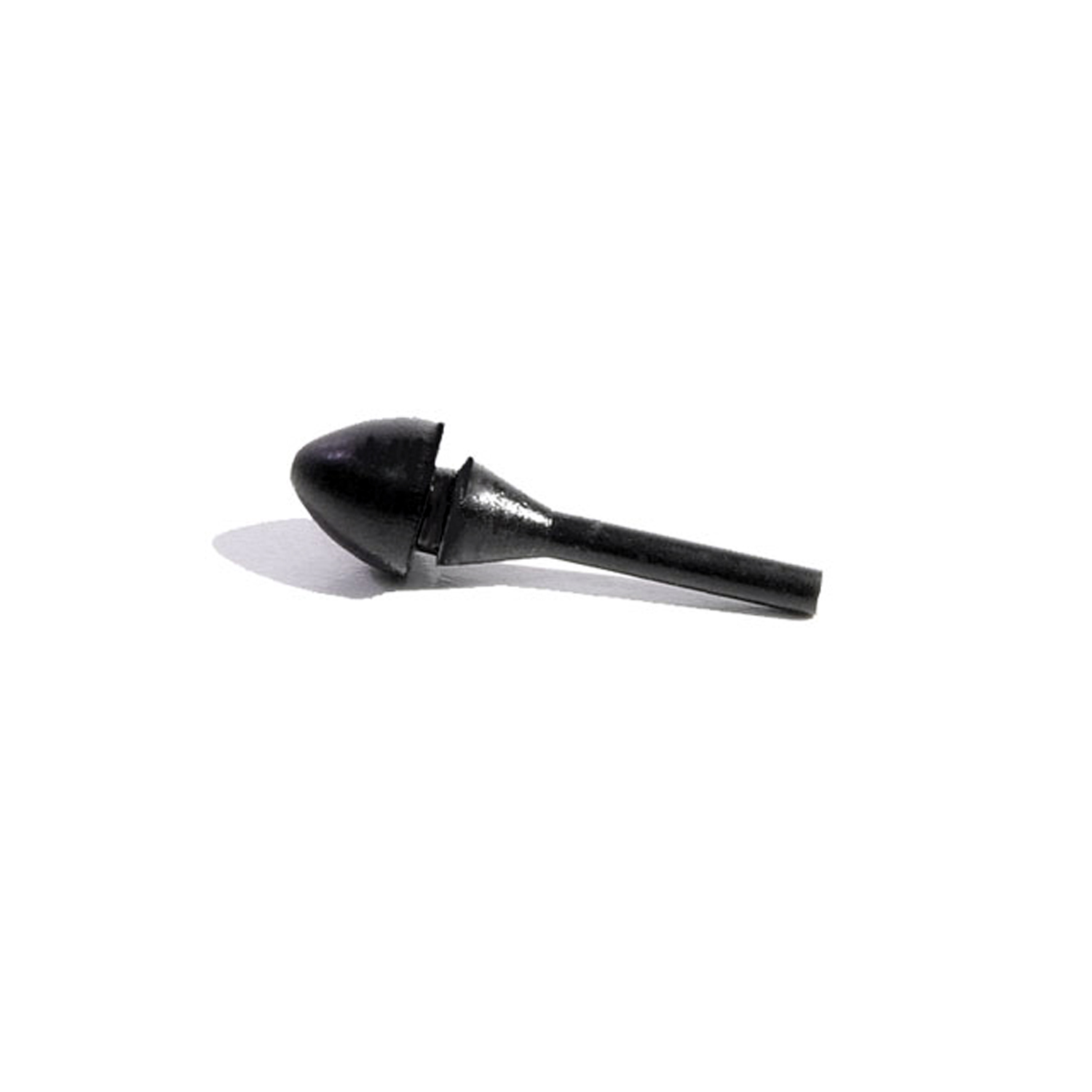 1970 Chevrolet Camaro Interior Bumper. For glove box, ash tray or fuel door-SB 36Interior Bumper. For glove box, ash tray or fuel door. Fits 3/16" hole. Each
1970 Chevrolet Camaro Interior Bumper. For glove box, ash tray or fuel door-SB 36Interior Bumper. For glove box, ash tray or fuel door. Fits 3/16" hole. Each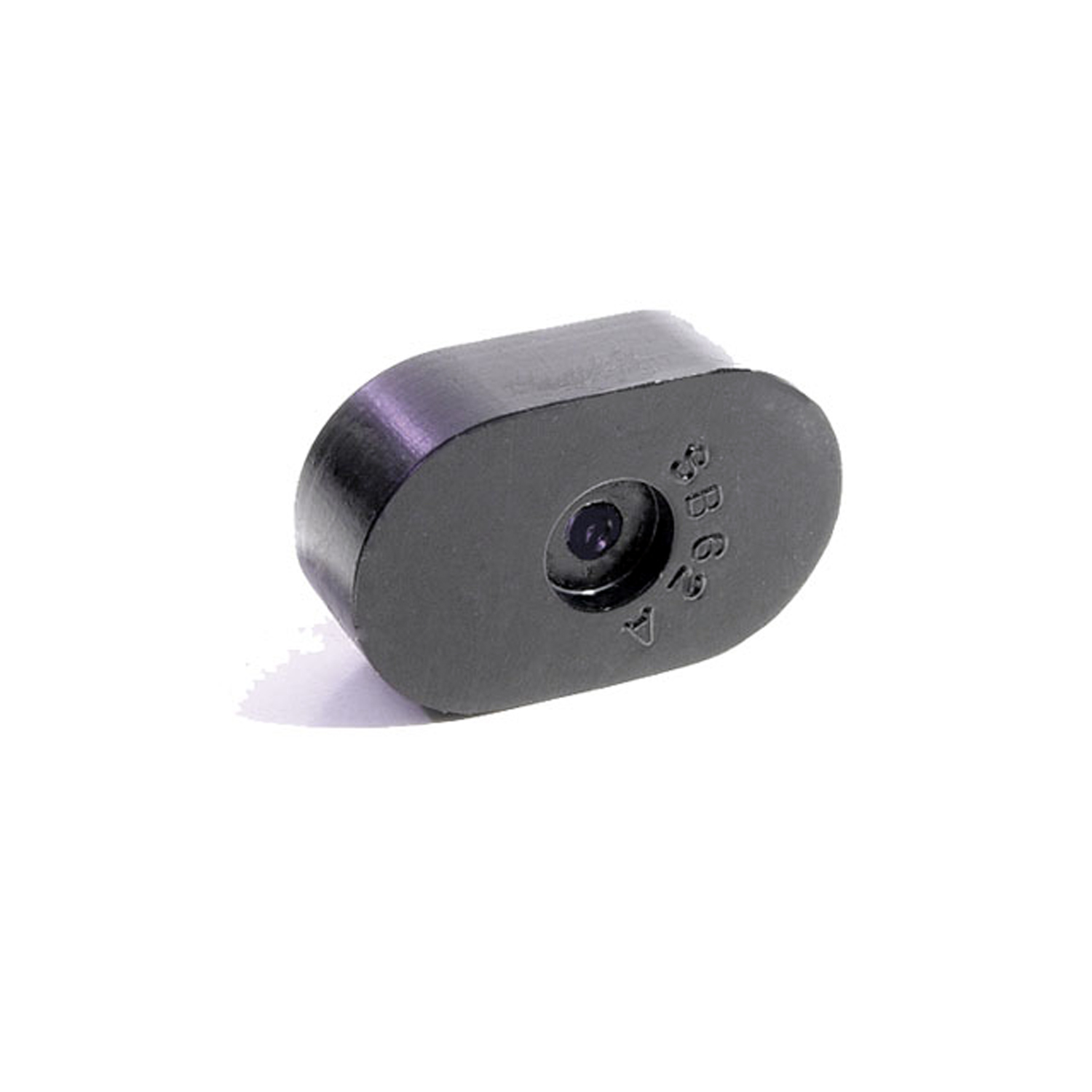 1970 Chevrolet Camaro Seat Bumper. Made with steel core like original-SB 62-ASeat Bumper. Made with steel core like original. 1-1/2" long, 7/16" thick. Two used per car. Each
1970 Chevrolet Camaro Seat Bumper. Made with steel core like original-SB 62-ASeat Bumper. Made with steel core like original. 1-1/2" long, 7/16" thick. Two used per car. Each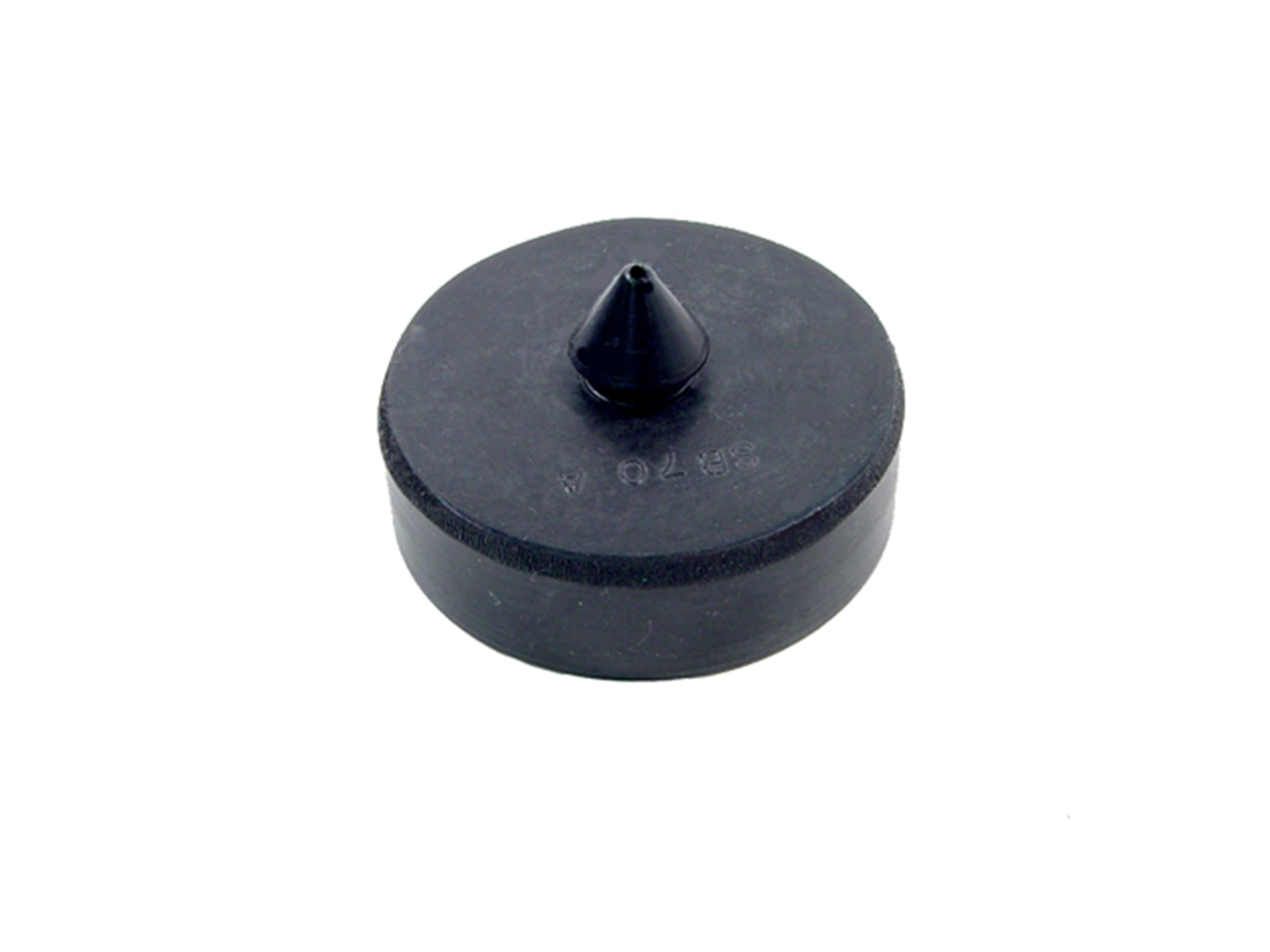 1970 Chevrolet Camaro Front door window stop bumper. ’70-’81 GM passenger cars-SB 70-AFront door window stop bumper. '70-'81 GM passenger cars. Dense rubber. Replaces OEM# 9810036. Each.
1970 Chevrolet Camaro Front door window stop bumper. ’70-’81 GM passenger cars-SB 70-AFront door window stop bumper. '70-'81 GM passenger cars. Dense rubber. Replaces OEM# 9810036. Each.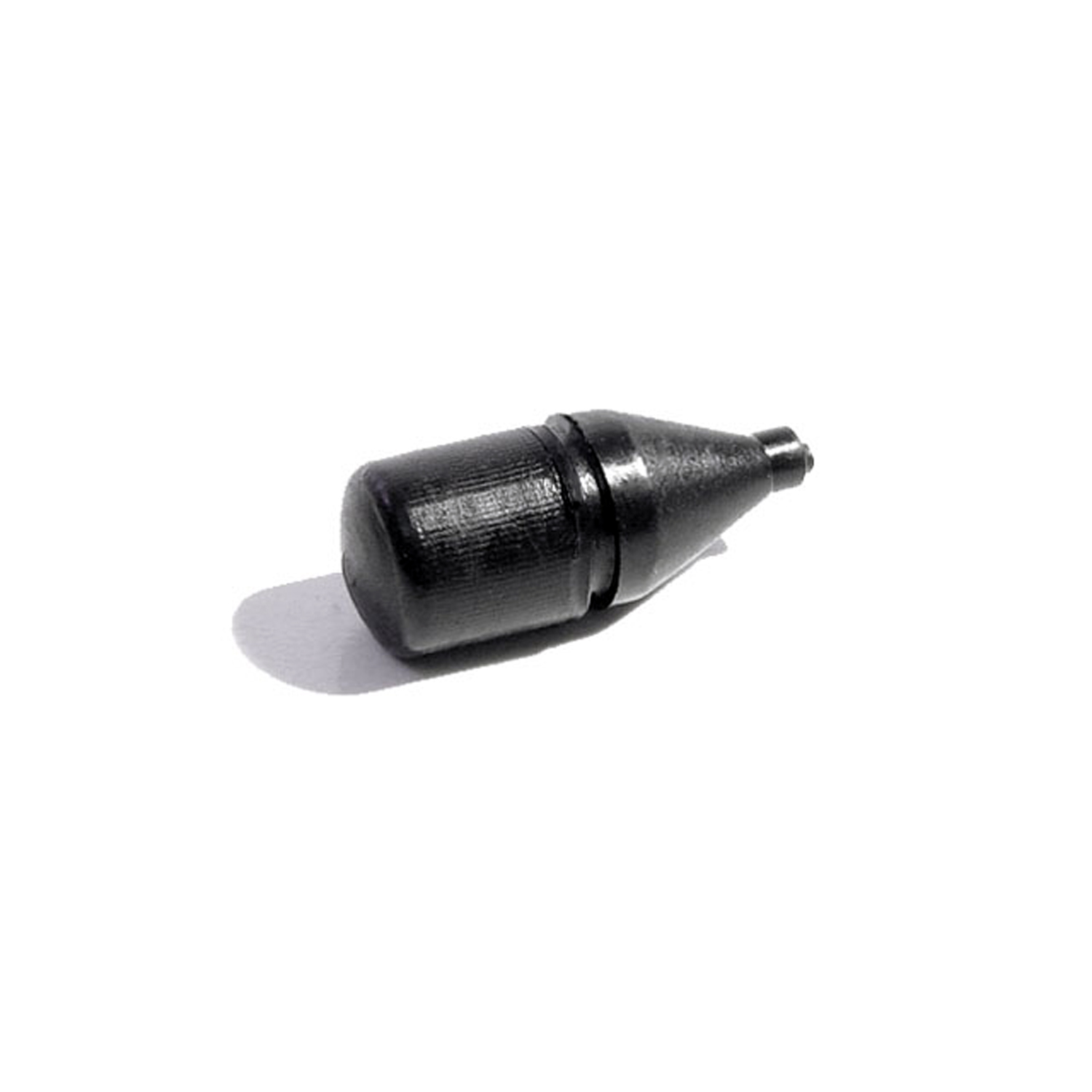 1970 Chevrolet Camaro Fuel Door Bumper. 7/8" high, 5/16" O.D. Each-SB 81Fuel Door Bumper. 7/8" high, 5/16" O.D. Each
1970 Chevrolet Camaro Fuel Door Bumper. 7/8" high, 5/16" O.D. Each-SB 81Fuel Door Bumper. 7/8" high, 5/16" O.D. Each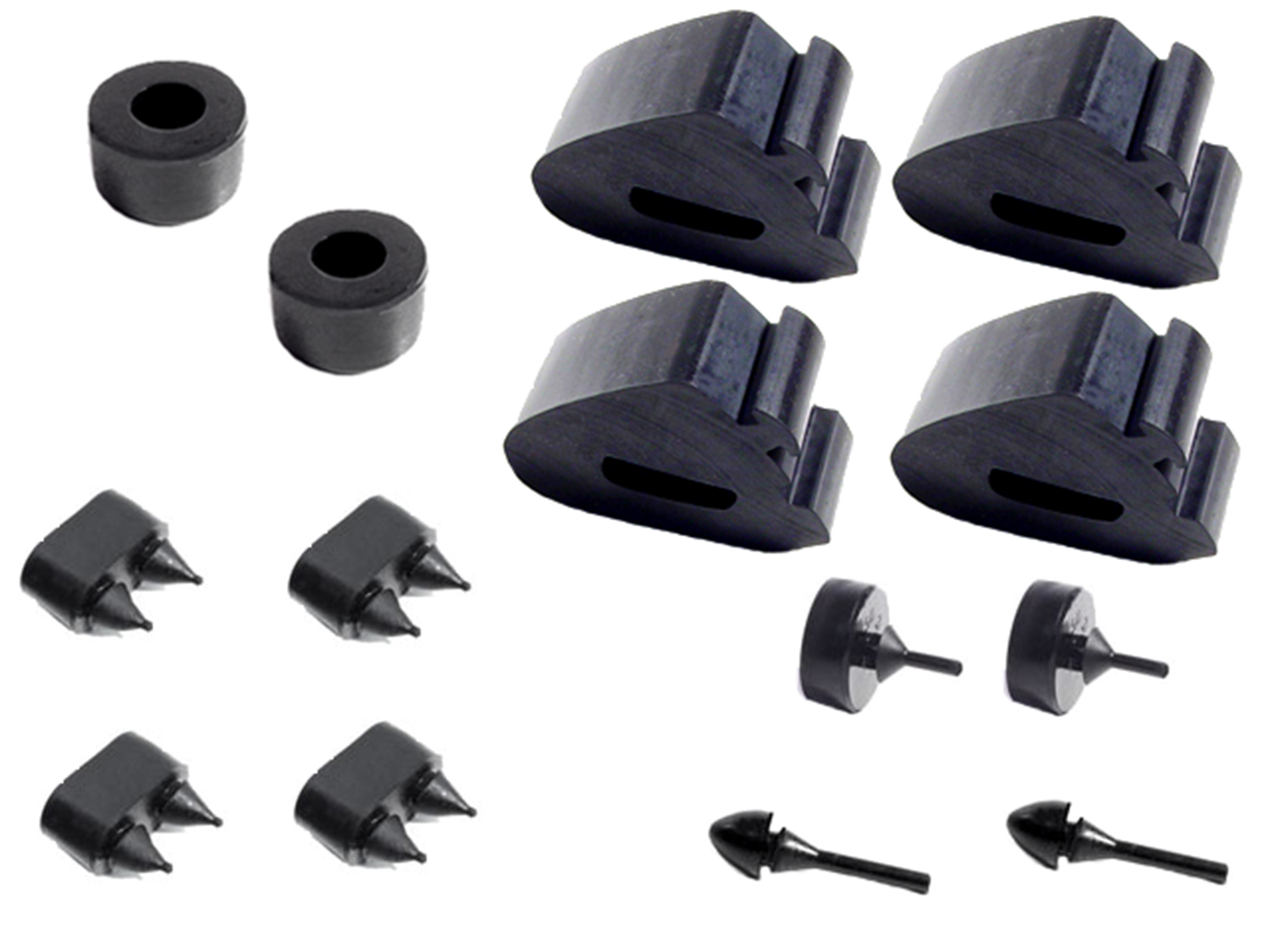 1970 Chevrolet Camaro Snap-In-Bumper Kit-SBK 207Snap-In-Bumper Kit. 14-Piece Set Includes: (2)HA 5, (4)HF 64, (4)SB 32, (2)SB 34, (2)SB 36
1970 Chevrolet Camaro Snap-In-Bumper Kit-SBK 207Snap-In-Bumper Kit. 14-Piece Set Includes: (2)HA 5, (4)HF 64, (4)SB 32, (2)SB 34, (2)SB 36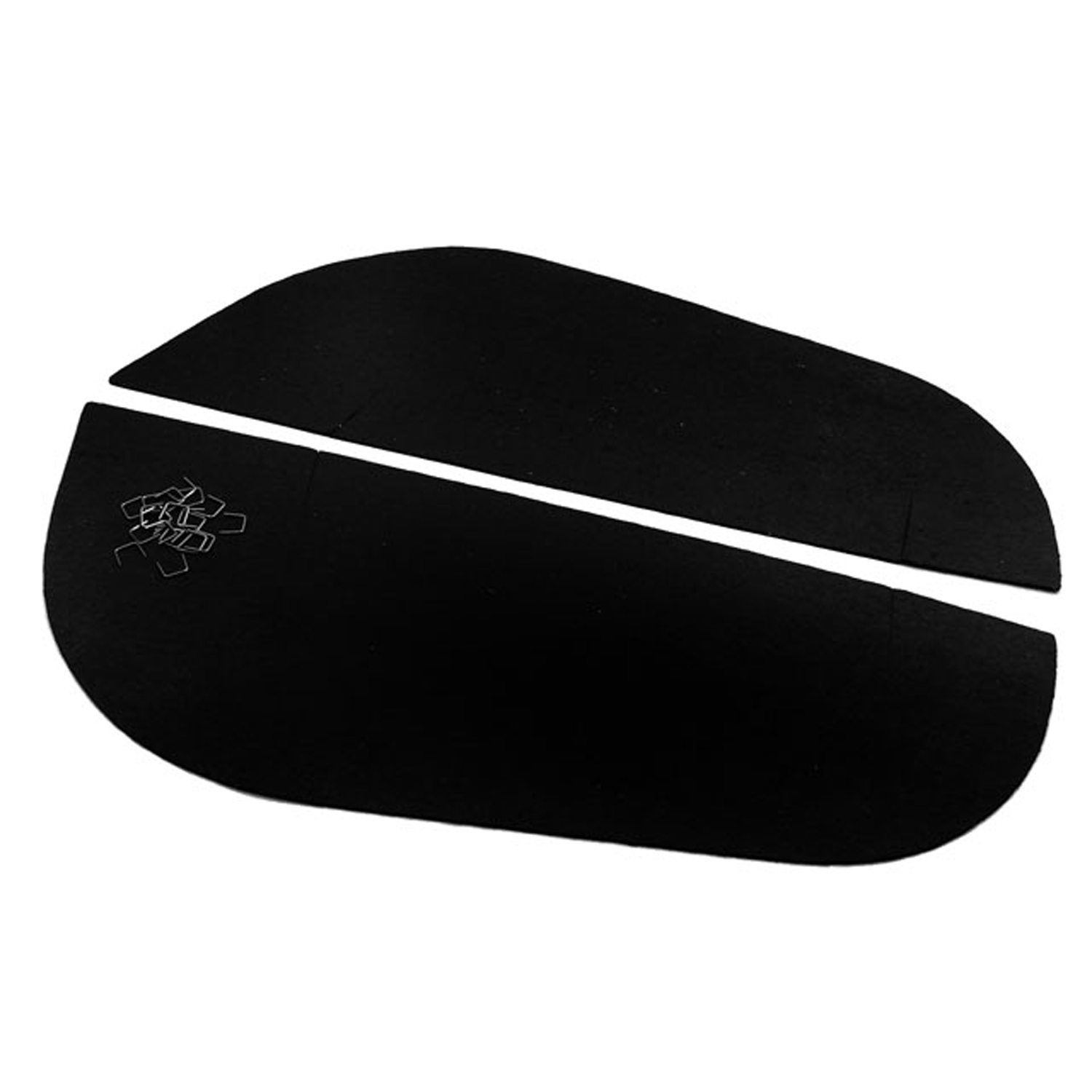 1970 Chevrolet Camaro Arm Splash Shield Kit-SI 2005-102Arm Splash Shield Kit. Used as dust and mud shield to keep engine compartments clean. Made from stiff rubber that is identical to original in composition, texture and color. Set
1970 Chevrolet Camaro Arm Splash Shield Kit-SI 2005-102Arm Splash Shield Kit. Used as dust and mud shield to keep engine compartments clean. Made from stiff rubber that is identical to original in composition, texture and color. Set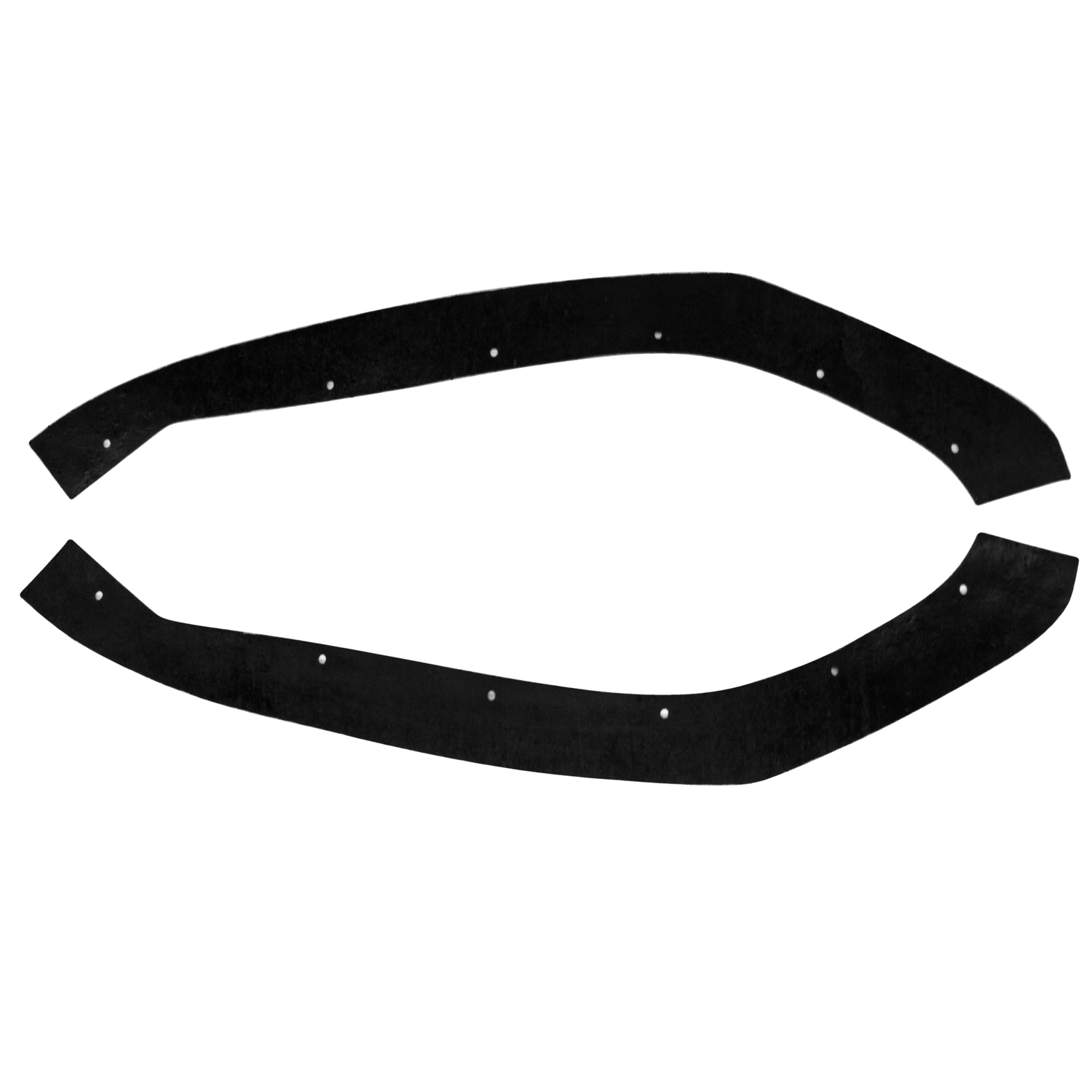 1970 Chevrolet Camaro Cowl to Fender Dust Shield Seal, 70-81 GM 'F' Body, Set of 2-SI 2005-102-ACowl to Fender Dust Shield Seal, 70-81 GM 'F' Body, Set of 2. Includes installation hardware.
1970 Chevrolet Camaro Cowl to Fender Dust Shield Seal, 70-81 GM 'F' Body, Set of 2-SI 2005-102-ACowl to Fender Dust Shield Seal, 70-81 GM 'F' Body, Set of 2. Includes installation hardware.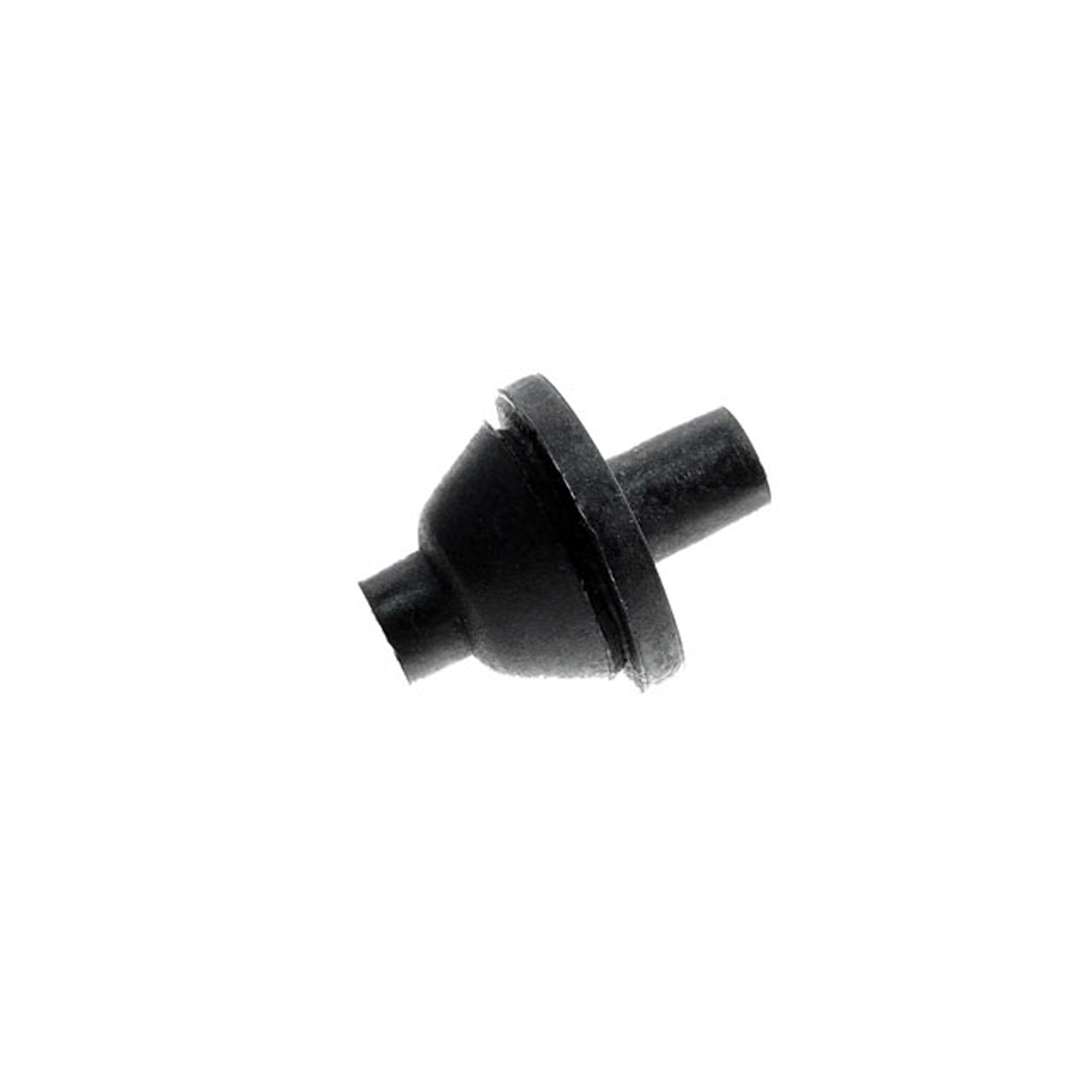 1970 Chevrolet Camaro Dash and Firewall Grommet. Single-hole type is for one wire-SM 101Dash and Firewall Grommet. Single-hole type is for one wire. Each
1970 Chevrolet Camaro Dash and Firewall Grommet. Single-hole type is for one wire-SM 101Dash and Firewall Grommet. Single-hole type is for one wire. Each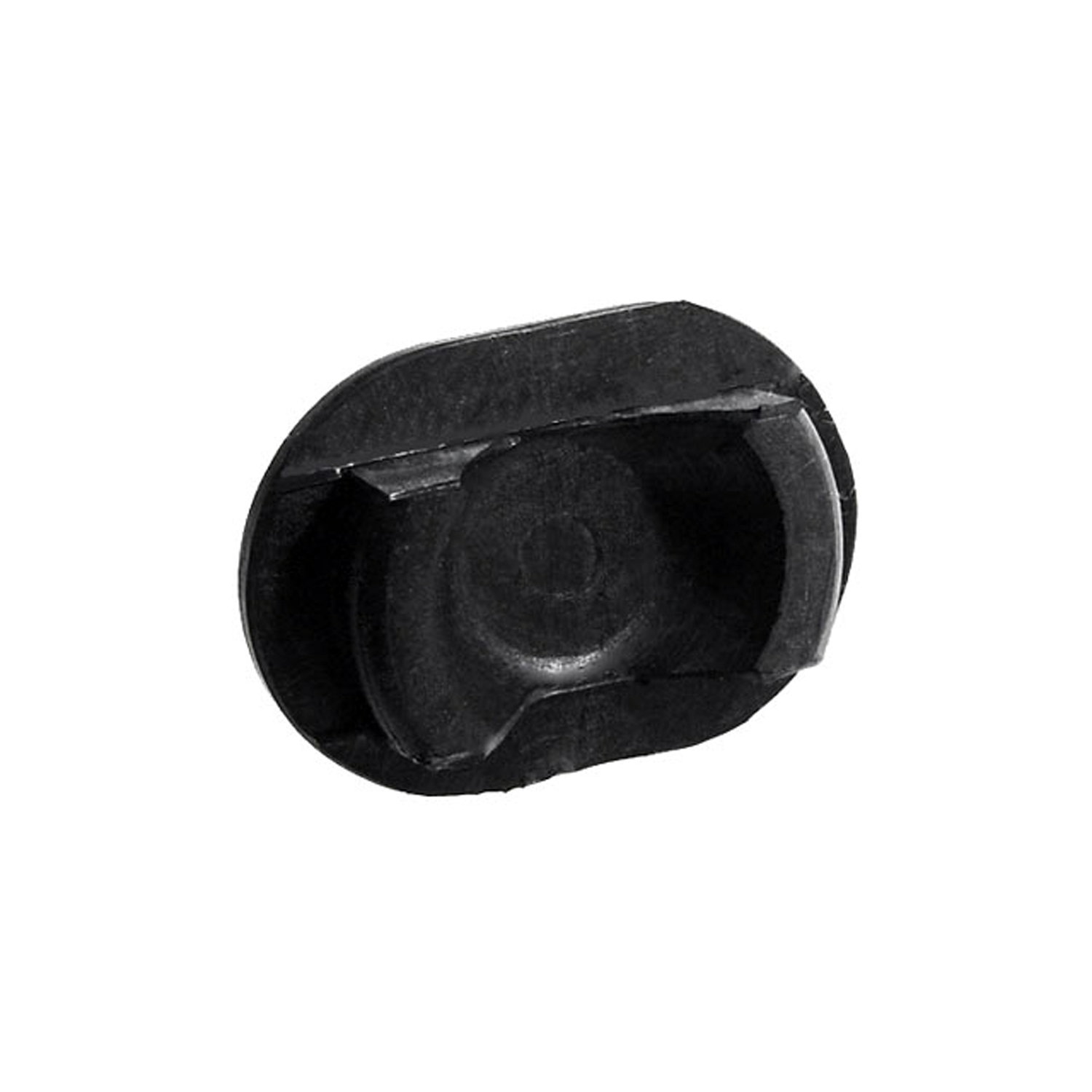 1970 Chevrolet Camaro Timing Hole Plug. For 6-cylinder engines. 1-3/4" X 1-1/4"-SM 59Timing Hole Plug. For 6-cylinder engines. 1-3/4" X 1-1/4". Each
1970 Chevrolet Camaro Timing Hole Plug. For 6-cylinder engines. 1-3/4" X 1-1/4"-SM 59Timing Hole Plug. For 6-cylinder engines. 1-3/4" X 1-1/4". Each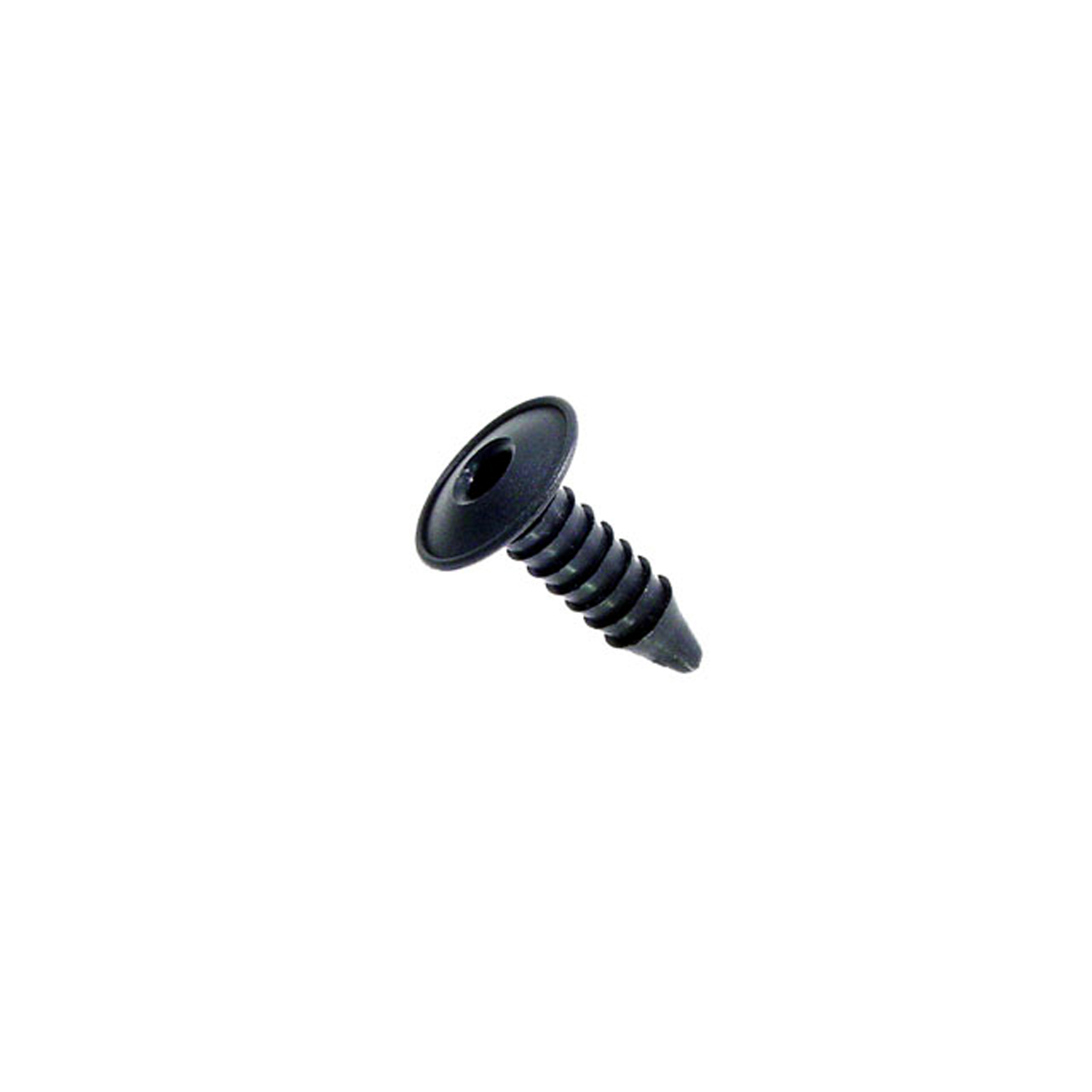 1970 Chevrolet Camaro Firewall insulation fastener. 1 in. dia. W head. 1-1/2 in. L-SM 80-AFirewall insulation fastener. 1 in. dia. W head. 1-1/2 in. L. Replaces OEM#'s (GM) 7642589 and (AMC) 4001934. Black. Each.
1970 Chevrolet Camaro Firewall insulation fastener. 1 in. dia. W head. 1-1/2 in. L-SM 80-AFirewall insulation fastener. 1 in. dia. W head. 1-1/2 in. L. Replaces OEM#'s (GM) 7642589 and (AMC) 4001934. Black. Each.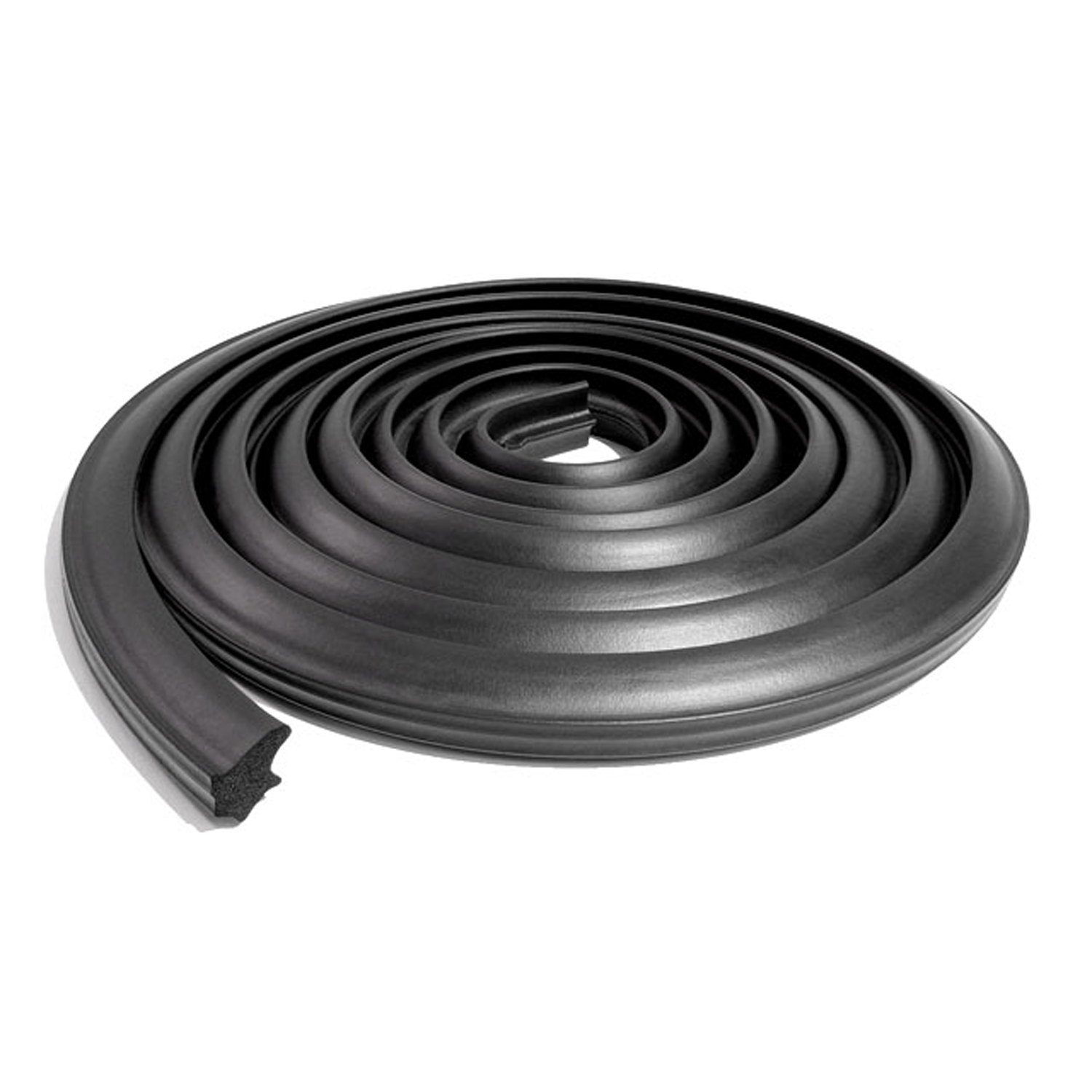 1970 Chevrolet Camaro Trunk Seal. 10 feet long. Each-TK 46-10Trunk Seal. 10 feet long. Each
1970 Chevrolet Camaro Trunk Seal. 10 feet long. Each-TK 46-10Trunk Seal. 10 feet long. Each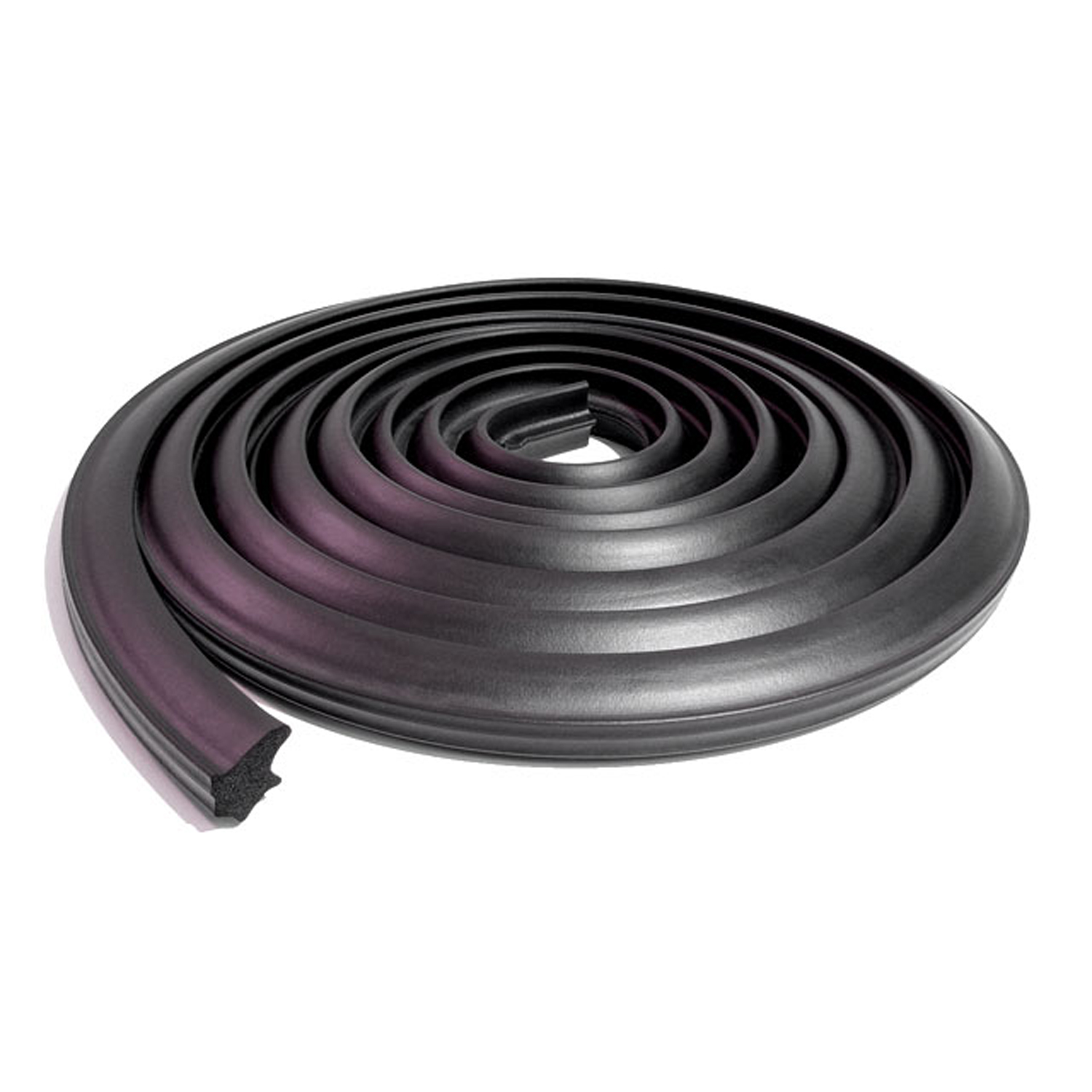 1970 Chevrolet Camaro Trunk Seal, Fits: '67-'81 GM F Body-TK 46-OThis is a trunk seal for 1967-1981 Chevrolet Camaro and Pontiac Firebird vehicles. Our product is made with high quality ozone resistant EPDM rubber for a great fit and long life.
1970 Chevrolet Camaro Trunk Seal, Fits: '67-'81 GM F Body-TK 46-OThis is a trunk seal for 1967-1981 Chevrolet Camaro and Pontiac Firebird vehicles. Our product is made with high quality ozone resistant EPDM rubber for a great fit and long life. 1970 Chevrolet Camaro Trunk Mat-TM 2011Trunk Mat. High quality reproduction, made specific for vehicle. Green houndstooth print on rubber. Each
1970 Chevrolet Camaro Trunk Mat-TM 2011Trunk Mat. High quality reproduction, made specific for vehicle. Green houndstooth print on rubber. Each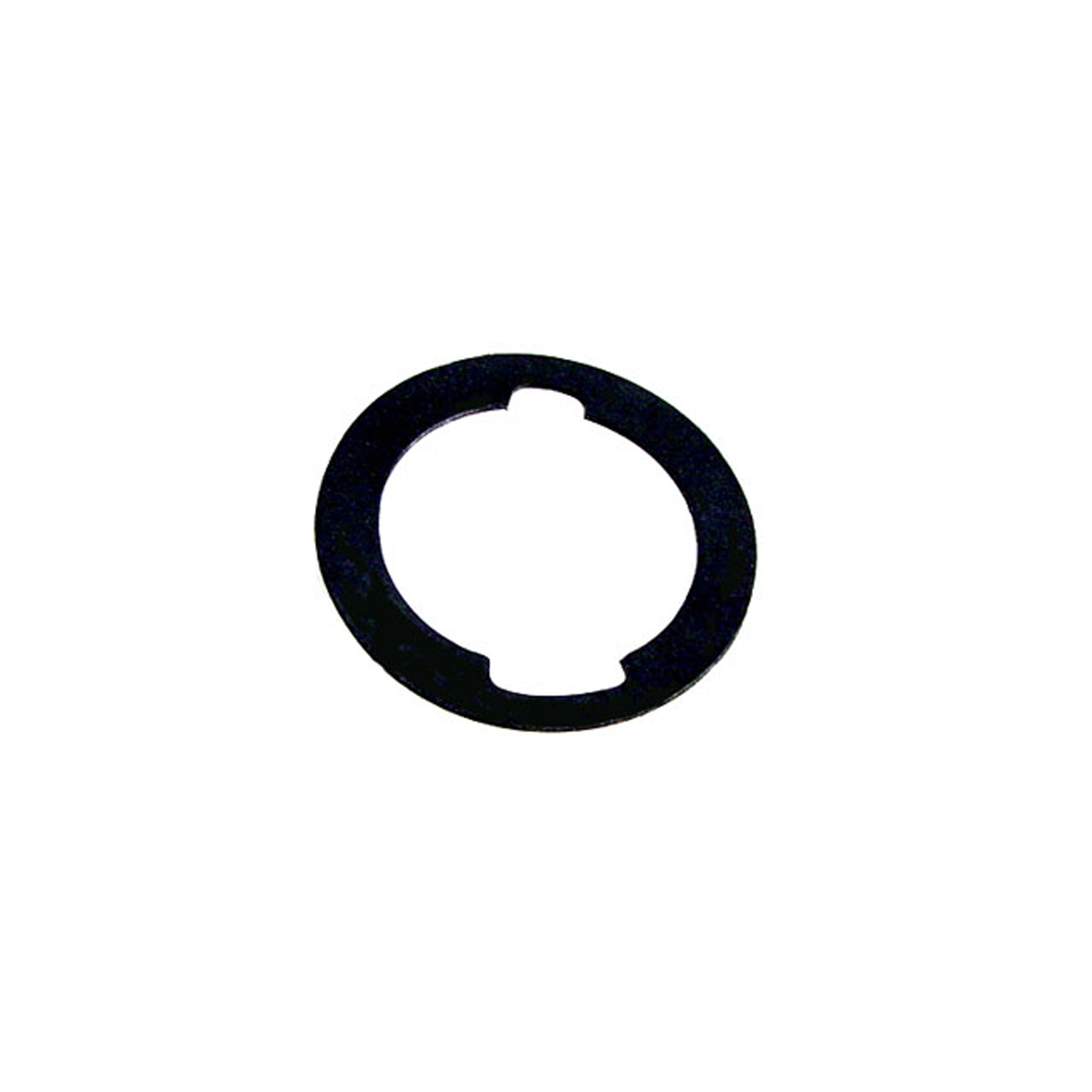 1970 Chevrolet Camaro Unbeaded Door and Trunk Lock Gasket. 1-3/16" O.D., 7/8" I.D-UM 1600-100Unbeaded Door and Trunk Lock Gasket. 1-3/16" O.D., 7/8" I.D. Each
1970 Chevrolet Camaro Unbeaded Door and Trunk Lock Gasket. 1-3/16" O.D., 7/8" I.D-UM 1600-100Unbeaded Door and Trunk Lock Gasket. 1-3/16" O.D., 7/8" I.D. Each 1970 Chevrolet Camaro Window Sweeper Kit-WC 2008-20Window Sweeper Kit. For models with special molding on the door, 2nd generation. 4-Piece Kit
1970 Chevrolet Camaro Window Sweeper Kit-WC 2008-20Window Sweeper Kit. For models with special molding on the door, 2nd generation. 4-Piece Kit 1970 Chevrolet Camaro Window Sweeper Kit-WC 2008-21Window Sweeper Kit. For models without special molding, 2nd generation. 4-Piece Kit
1970 Chevrolet Camaro Window Sweeper Kit-WC 2008-21Window Sweeper Kit. For models without special molding, 2nd generation. 4-Piece Kit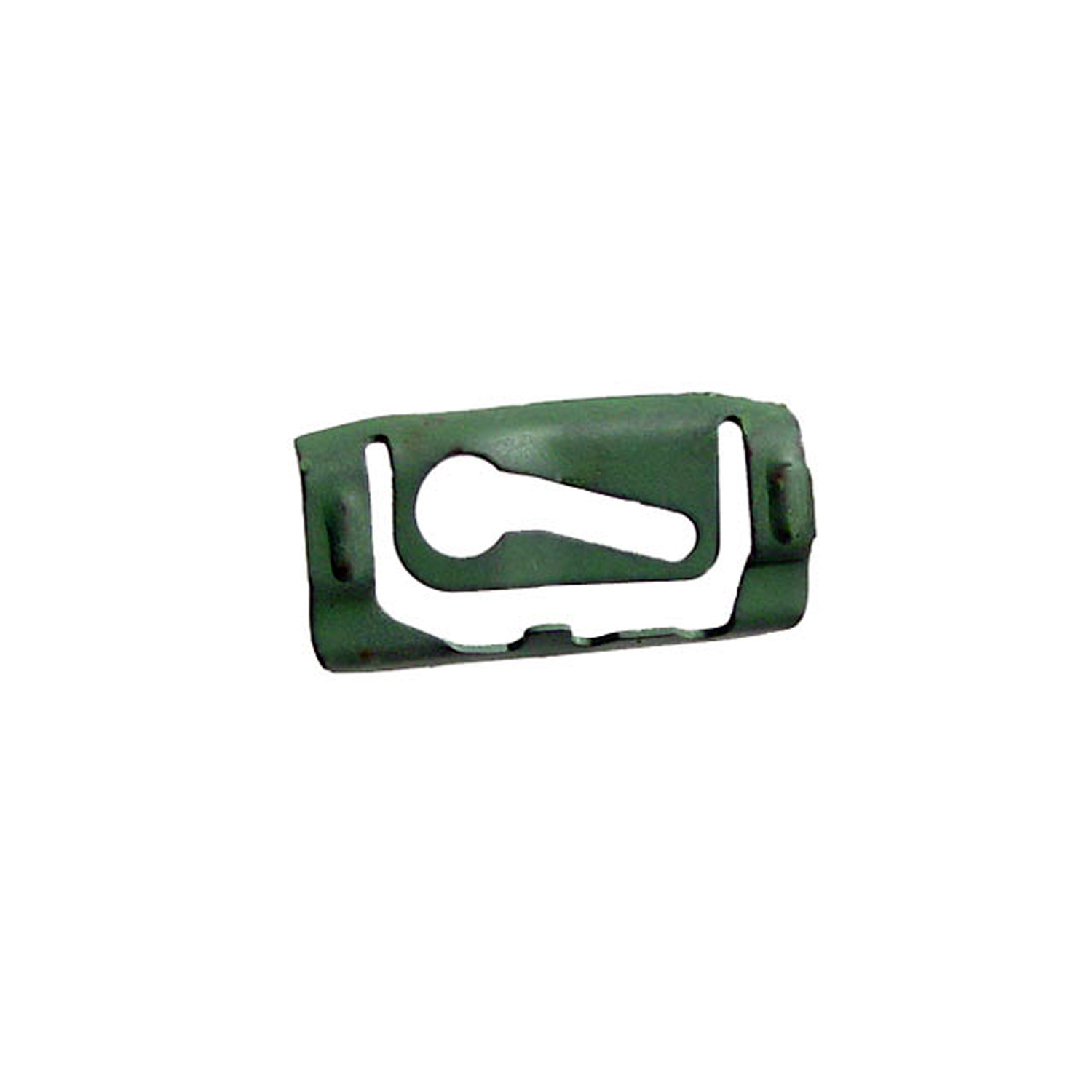 1970 Chevrolet Camaro Quarter Window Reveal Molding Clip. Made of Steel-WF 205Quarter Window Reveal Molding Clip. Made of Steel. 1-3/8" X 11/16". Each
1970 Chevrolet Camaro Quarter Window Reveal Molding Clip. Made of Steel-WF 205Quarter Window Reveal Molding Clip. Made of Steel. 1-3/8" X 11/16". Each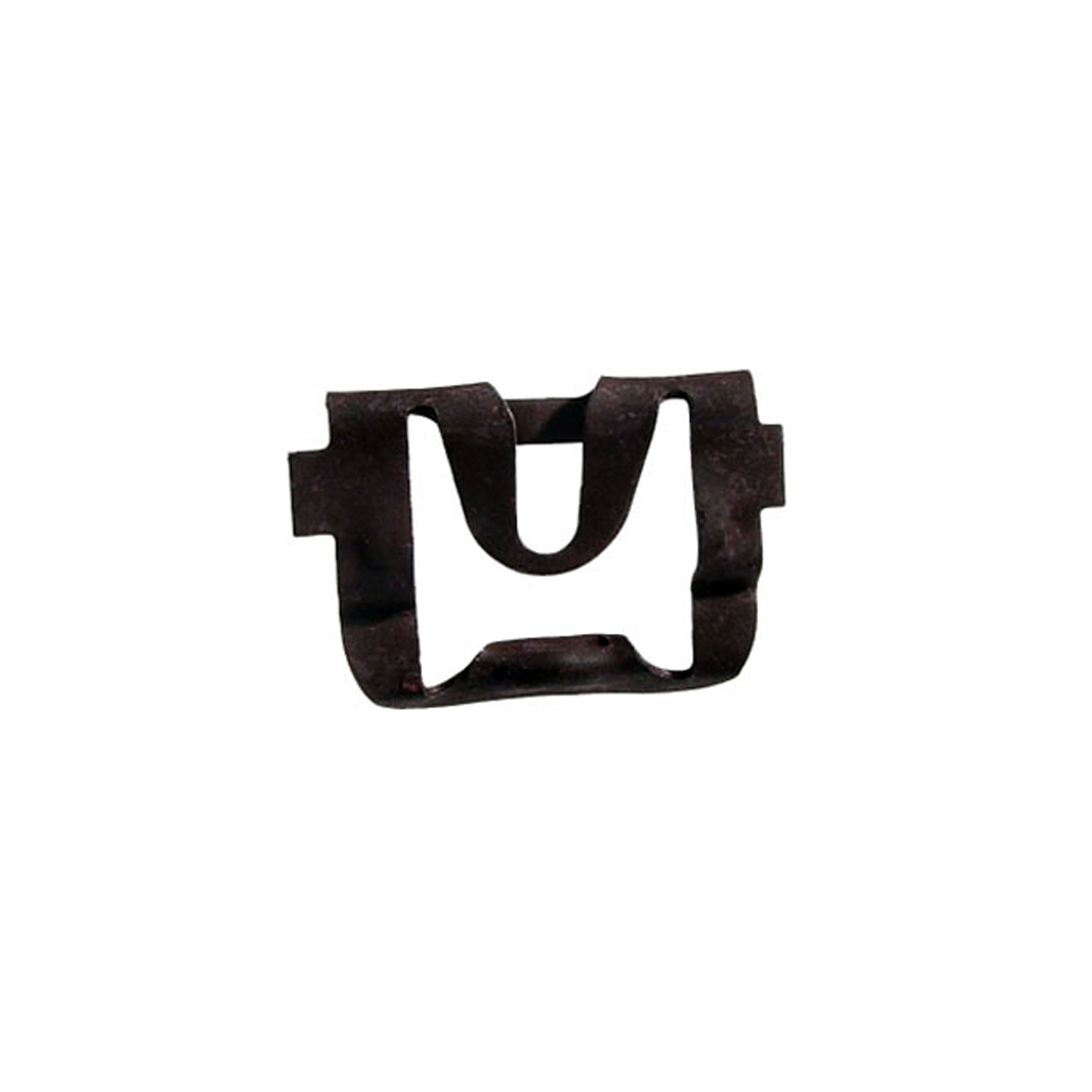 1970 Chevrolet Camaro Rear Windshield Reveal Molding Clip. Made of steel-WF 211Rear Windshield Reveal Molding Clip. Made of steel. 15/16" X 3/4". Each
1970 Chevrolet Camaro Rear Windshield Reveal Molding Clip. Made of steel-WF 211Rear Windshield Reveal Molding Clip. Made of steel. 15/16" X 3/4". Each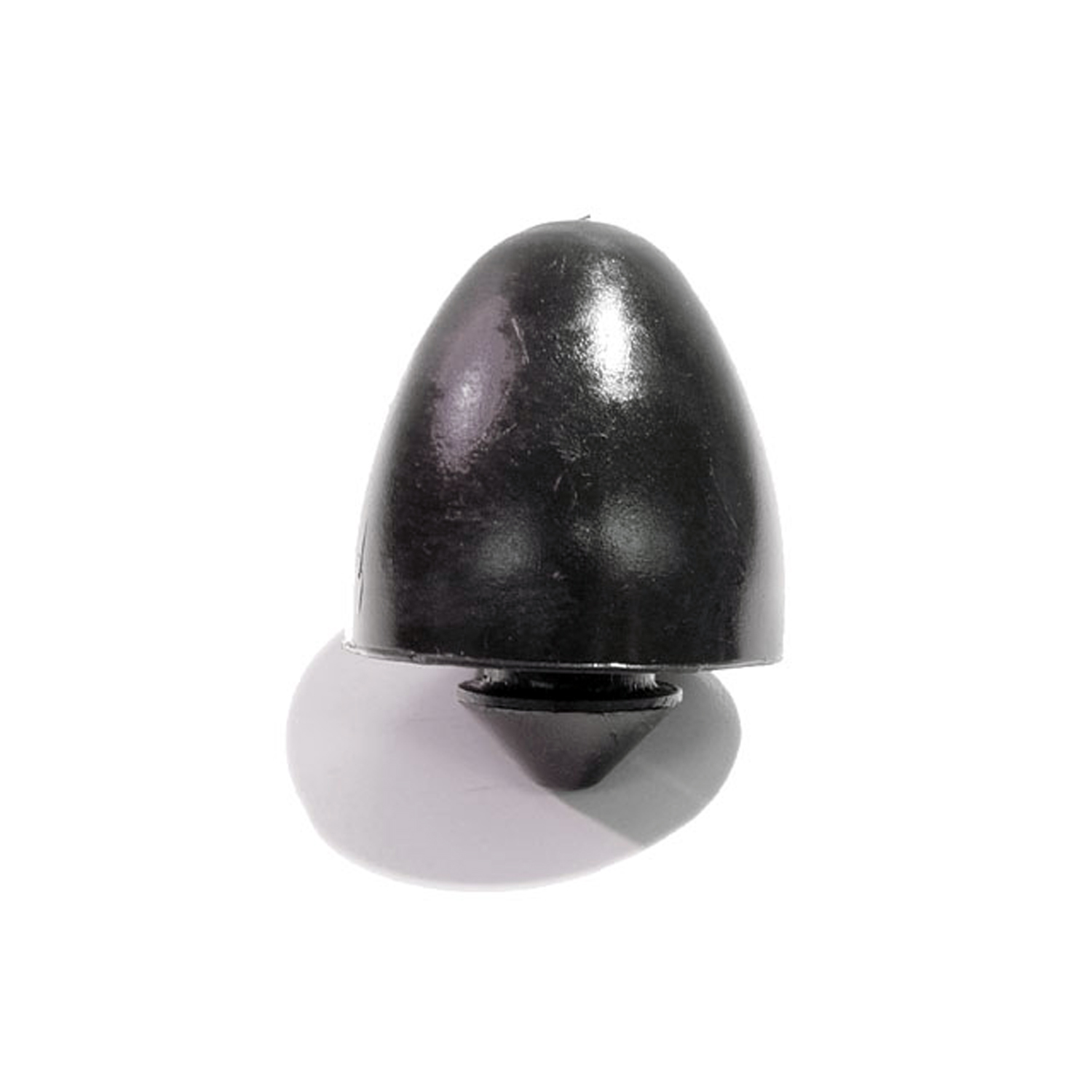 1970 Chevrolet Camaro Front Suspension Bumper. For steering knuckle support-XB 20Front Suspension Bumper. For steering knuckle support. 1-3/8" high. Each
1970 Chevrolet Camaro Front Suspension Bumper. For steering knuckle support-XB 20Front Suspension Bumper. For steering knuckle support. 1-3/8" high. EachWhy Choose Metro?
For over 100 years, Metro Moulded Parts has been the pinnacle of quality in classic car restoration parts. Our commitment to precision and authenticity in every component ensures a perfect fit and an OEM-level appearance.
- Expert Craftsmanship & Quality: Each part is a testament to our dedication to reliability and perfection, crafted from original designs and thoroughly tested.
- Advanced Technology: We use cutting-edge techniques to create flawless, long-lasting parts that surpass others in performance.
- SuperSoft Sponge – The Ultimate Door Seal: Not only are our door seals 30% softer than competitors', but they're also guaranteed to never leak. They effectively reduce wind and road noise, enhancing your classic car's comfort and driving experience.
- Proudly American: Our parts are a product of American craftsmanship, made in the USA with a spirit of excellence and heritage.
- Unrivaled Warranty: We back our products with a 30-year industry-leading warranty, a testament to our confidence in their quality.
Join us in preserving the legacy of classic cars with parts that are crafted for perfection, not just made.

